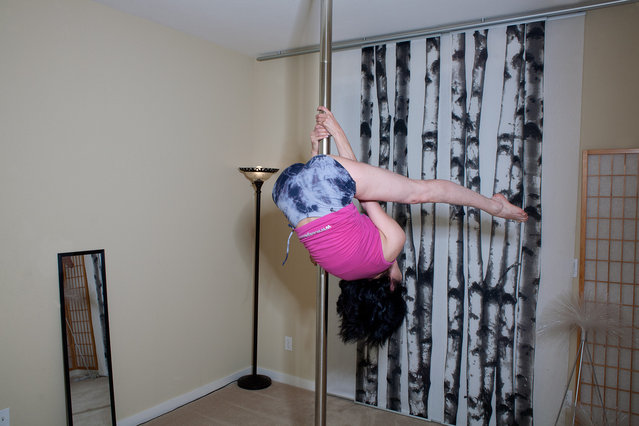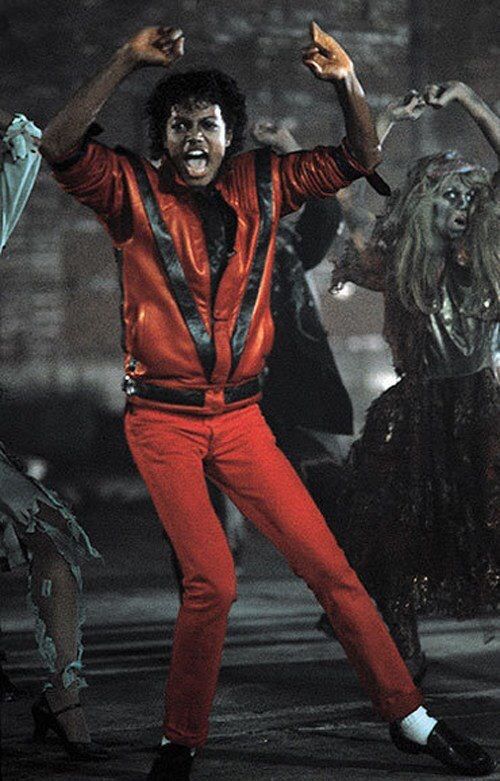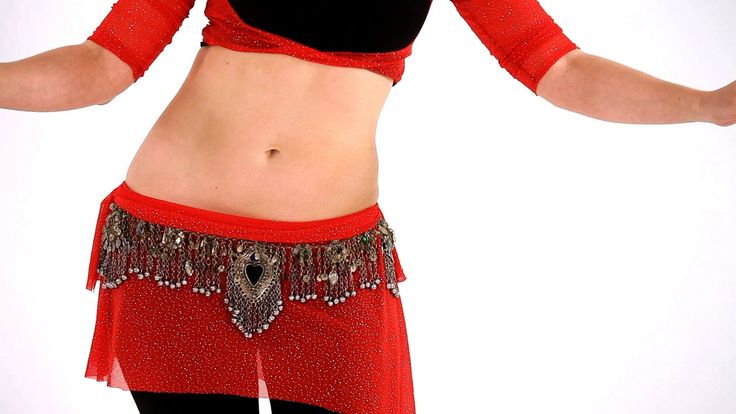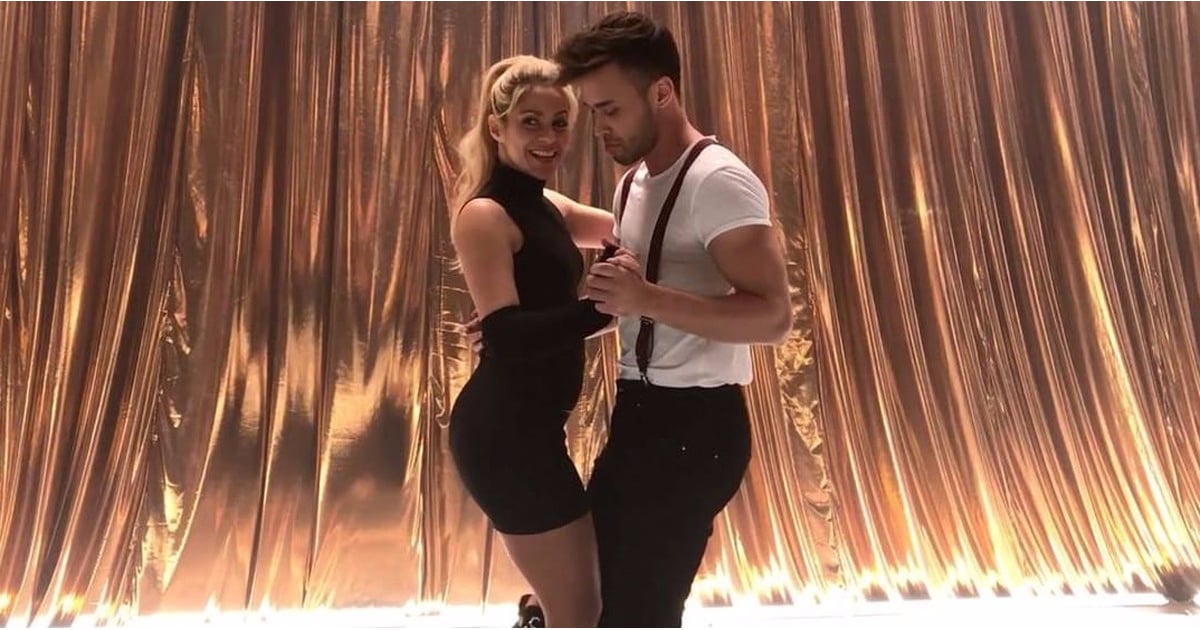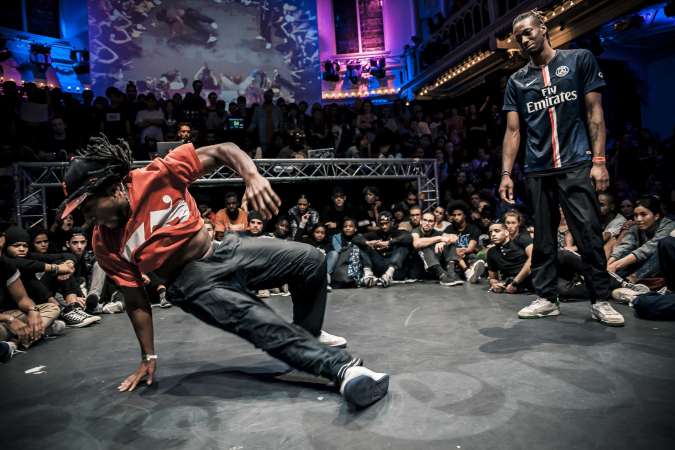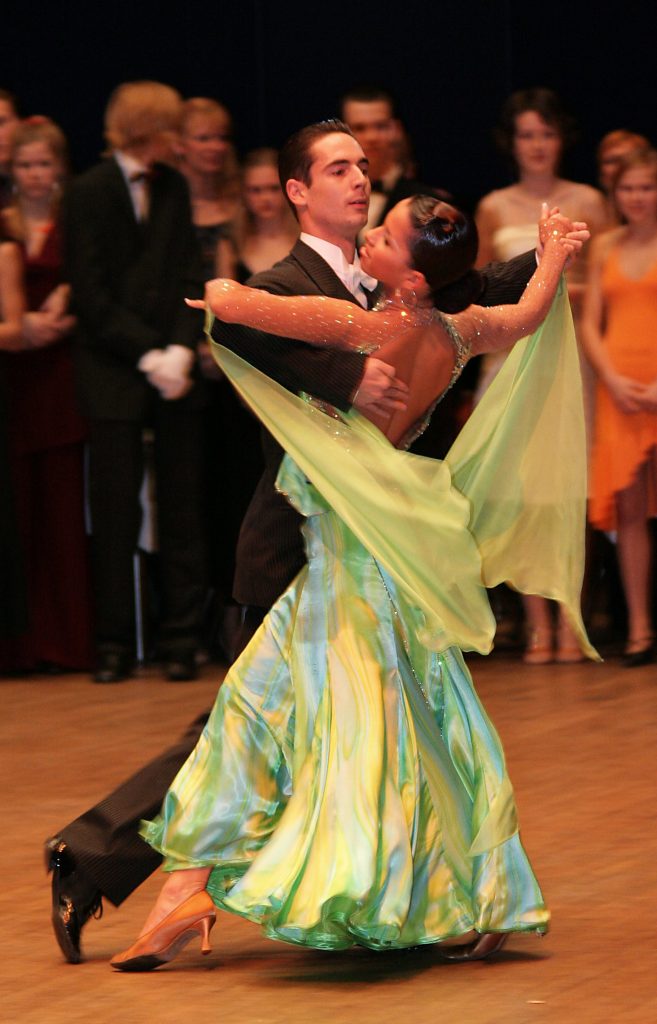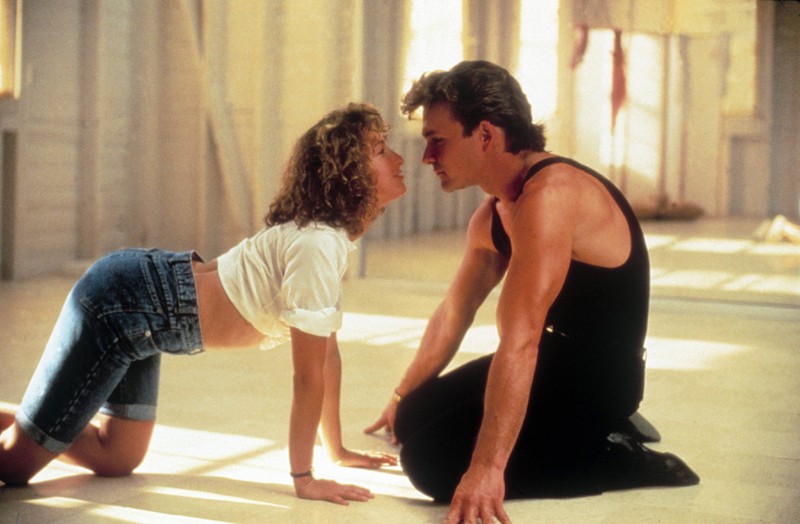How to practice pole dancing at home
How to practice pole dancing at home without a pole
May 13, 2022
14 min read for training
Last Updated on June 12, 2022 by Dancer leila liu
Seems impossible, right?
Pole dancing is often associated with erotica.
The dance is, however, also a complete fitness regime that focuses on strength, flexibility, and coordination. While empowering you to be comfortable in your skin.
If you want to see a faster holistic change in your body, include a pole in your dancing workout routine.
However, you can practice your style, strength, and flexibility without a pole as we will dive deep below.
Back when I was a beginner, neither did I have enough time to join pole dancing classes, nor did I have a suitable place in my home to install a pole.
However, my passion for pole dancing kept me driving towards the goal of becoming an expert. I began practicing pole dancing at home even without a pole.
As a successful pole dancing coach, I want to bust a myth that is acting as a barrier for people who want to work towards the dream of becoming a pole dancer.
You do not necessarily need a pole to begin practice sessions of pole dancing.
In this blog, I’ll help you learn pole dancing at home without the use of a dance pole.
Can You Learn to Pole Dance at Home Even With No Pole?
There are several pole dancing moves and workouts that can be performed at home without a pole.
Shelling out money for a pole or an expensive pole dancing class is not necessary.
There are techniques that can help you master pole dancing without spending a dime.
All you need is the comfort and privacy of your home to practice in, especially if you are nervous about the pole moves.
Motivating Yourself to Workout at Home Even Without a Dance Pole
Distractions in your mind can easily get you derailed from your daily workout routine. Here are a few simple steps that will help you stay on track with your self-motivation.
1. Remember why you began your pole journey.
Do you want to flaunt your legs in that cute dress? Get your man wild with your moves? Feel more confident about yourself? Next time you feel like quitting, just remind yourself why you started pole dancing in the first place.
2. Put on your pole wear.
When you put on your pole wear, you send a message to your brain that you are ready to work out and that you have a workout to complete. Wearing your pole outfit is half the battle won.
3. Crank up your pole workout playlist
Create a playlist for your workout sessions. This will get you in the right mood for each type of session.
4.
Set a time for a workout and stick to your routine.Start working out at the same time every day. This will let your brain know that every day, at this time, you begin and do your workout. Your body will subconsciously start prepping for the workout ready for the right time of the day.
5.
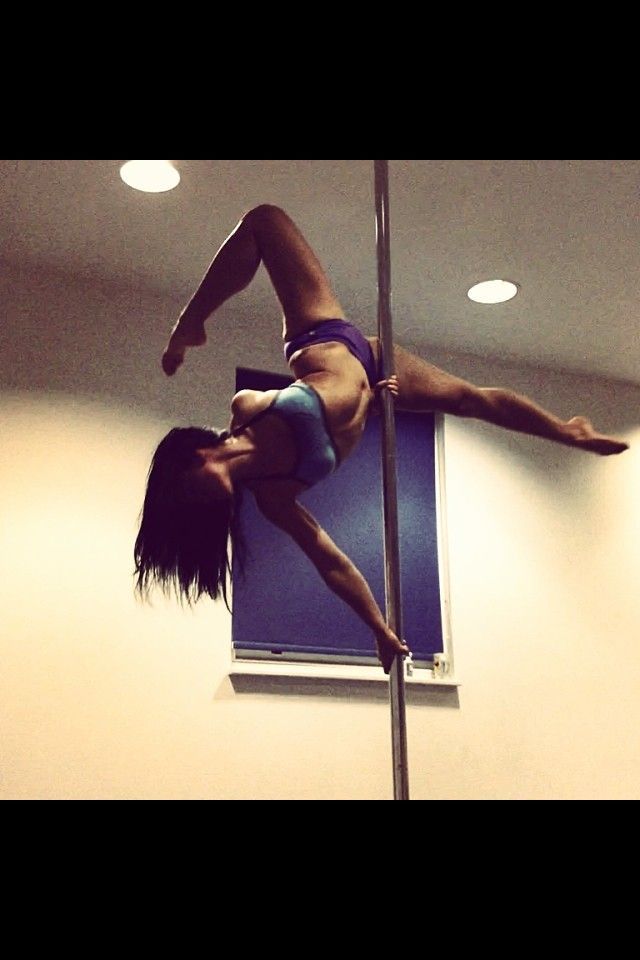 Track your progress.
Track your progress.Set achievable goals and reward yourself as you cross each milestone. This releases dopamine in your brain which will motivate you further to swing your hips and workout as you keep improving over time.
You can give yourself a reward such as your own pole, or new gear once you reach each new level.
Ways to Improve at Pole Dancing Without a Pole
When you are starting out, you don’t need a pole. Performing complex maneuvers on the pole requires iron strength and flexibility that you can work on improving first.
As an absolute beginner, you need to first get your body ready for the pole.
Many of the dance moves needed to lift and hold your bodyweight require a basic level of strength and coordination. So, I advise that you first build strength in your upper body, like your arms, back, and thighs.
Here are some useful exercises for pole dancing without a pole that will get you ready for your sessions when you are truly ready for the plunge.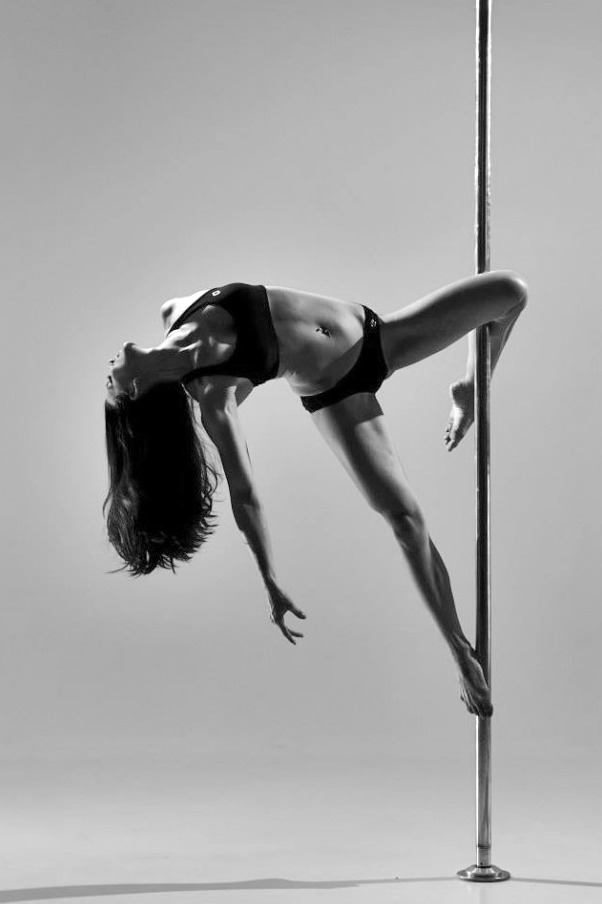
1. Workout and exercises
Warm-up before beginning any exercise session. It is important to increase your heart rate before any kind of dance routine [1]. The goal is to reduce muscle soreness and lower your risk of a serious injury.
2. Pole dance moves without the pole
There are many floor-work moves that don’t need a pole. Basic spins, planks, and freestyle waves can easily be perfected without a pole. Substitute the pole for a wall or a chair wherever required.
3. Yoga
Nothing improves flexibility and general fitness like yoga. It will improve your balance as you do splits and inversions. Once you get the hang of yoga, pole moves can come easy.
Consider this transferable knowledge.
4. Martial arts
Martial arts are a full-body workout. And an ideal way to increase overall mobility. Martial arts can help you understand your body’s pressure response while also strengthening your core muscles.
Martial arts involve movements like high kicks, fast bodyweight transfers, and balance with fancy footwork.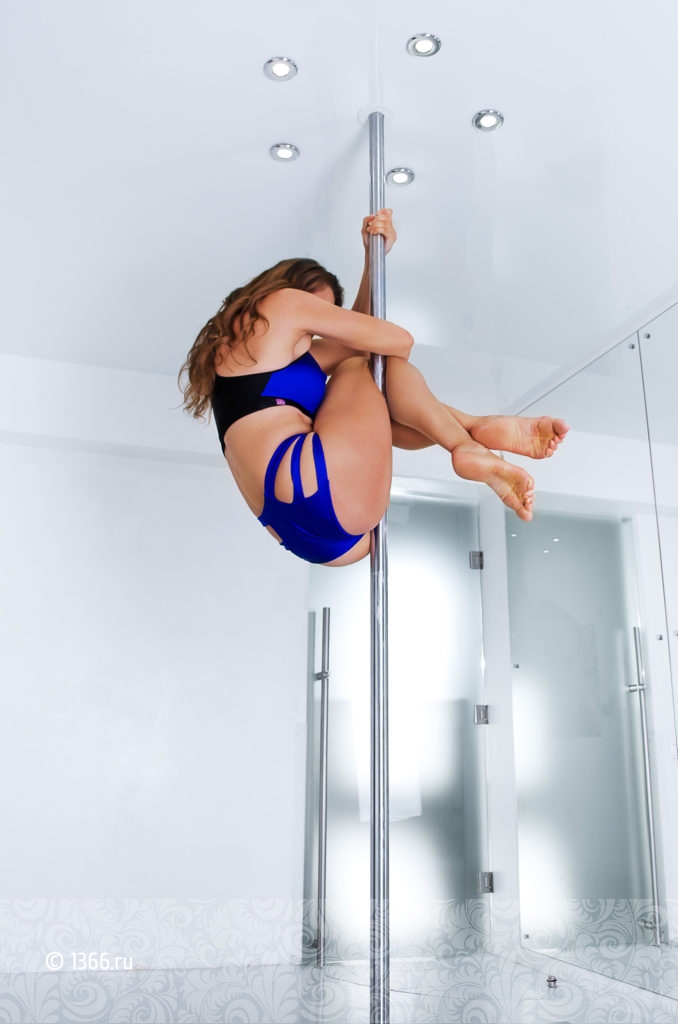 The improvements you get will come in handy for your pole sessions.
The improvements you get will come in handy for your pole sessions.
5. Cardio strip aerobics
You get a moderate to intense workout out with standard aerobic training but you can improve your body image confidence to the maximum possible level if you have the capability of doing it in your birthday suit have a try with just your heels on!
You can also notice an improvement in your cardio endurance and stamina after regular practice.
You can do aerobics in the privacy of your own home or in a class which can help your confidence reach the height of the stars.
This dance routine can give your confidence more than an extra boost compared to standard pole dancing, as having no pole forces your movements to be more about you moving comfortably in your own body than the complexity and technicality of pole dancing or other types of performance dancing.
The best results for self-improvement are never free.
However, if you pay the cost of your own comfort, once you hit the pole you will have much better comfort in your own skin and your newfound confidence will put you ahead of every other man or lady on the battlefield of life.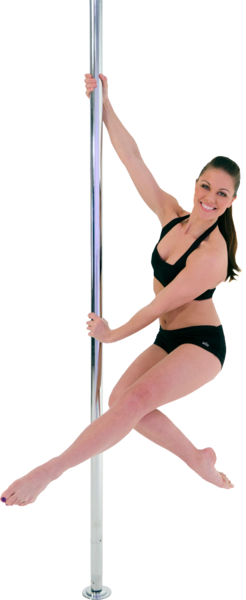
6. Chair or lap dance
This is a fun and exciting dance move that can improve your confidence that can come out as a party trick or in the bedroom. A lap dance routine can also keep your blood pressure under control.
Say goodbye to anxiety and depression forever. Chair dancing will leave you in a good mood for a long time. The confidence you can gain can improve your confidence when performing any type of regular dancing.
7. Pilates
Pilates is undoubtedly the most effective way to increase your energy, flexibility, and body strength while giving you more control over your back and limbs.
Pilates works your core and strengthens it to a level above yoga and is on par with pole dancing.
Your core will be needed for most of the heavy lifting. So, include Pilates in your daily workout routine to keep your core in top shape.
How to Prepare for a Workout?
Stretching is the best way to improve your bottom-line pole dancing technique and avoid injuries when approaching larger moves [2].
Warm-up your body before stretching, targeting especially the muscles in your arms, shoulders, wrists, and legs.
Do this with some light skipping or a small jog, around your room. Then start stretching.
Hamstring Stretch (Sitting)
- Sit on the floor. Straighten your right leg in front of you.
- Bend your left knee, placing the left foot on the inner part of the right thigh.
- Fold over your right leg while keeping the back straight.
- Grab your right foot. Hold for 30 seconds. Switch legs.
Hamstring Stretch (Standing)
- Put your right foot on a chair or table that is lower than your hip.

- Flex your feet.
- Bend at your hip towards the flexed foot. Hold for 30 seconds. Switch legs.
Hamstring Stretch (Reclined)
- Lie on your back. Raise your right leg to a 90-degree angle (or as much as you can), while keeping your back flat on the ground.
- Hold the lower thigh and try to pull your leg towards your head.
- Flex your foot to deepen the stretch. Hold for 30 seconds. Switch legs.
Lying Twist
- Lie on your back. Extend your arms on the sides.
- Bend your knees. Cross the right leg over your left.
- Slowly rotate the knees to the right till they come on the floor. It is OK if your left shoulder comes slightly off the floor. Hold for 30 seconds.
- Slowly bring the knees back to the center.
- Cross your left leg over your right and bring your knees down on the left side.
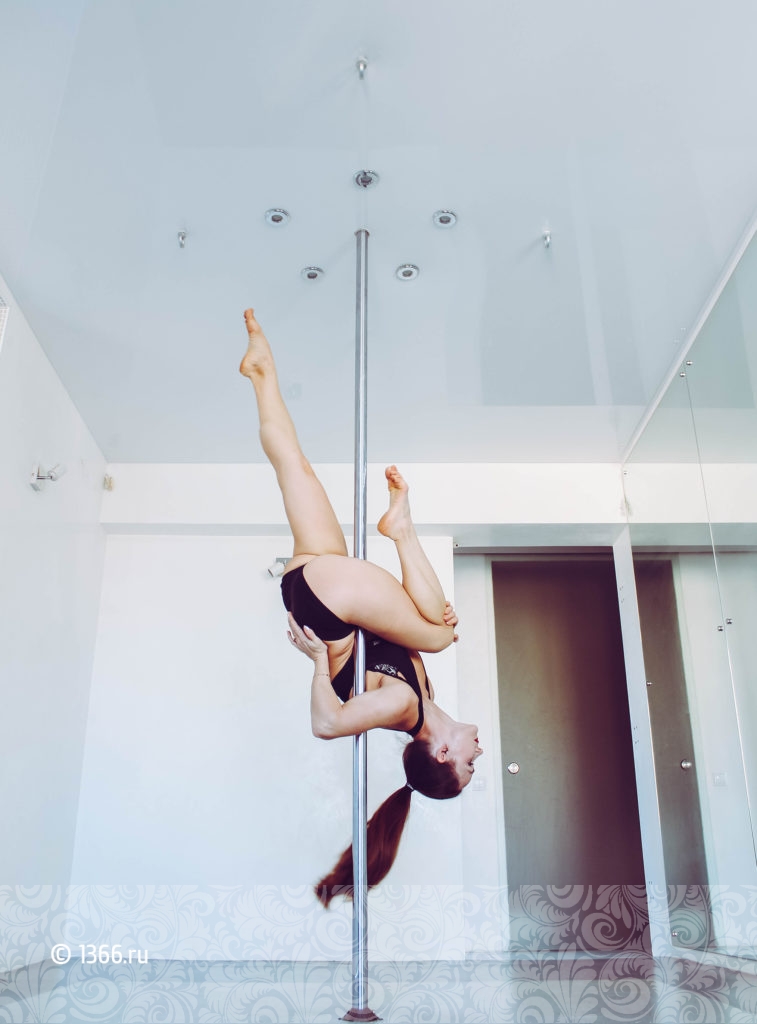
- Perform at least 5 sets of these stretches.
Wrist and ankle joints
- Rotate your wrists and ankles for 20 seconds in each direction.
Beginner Pole Dancing Moves that don’t need a Pole
1. Clockwork
- Lay on your back. Bring your knees to your chest.
- Cross your knees and shoot them up. Your back will also be off the floor.
- Support your lower back with your hands.
- Roll the outer leg like a clock, the other leg will follow suit.
- Roll the hips along to make the move seem sexier.
2. Body slide
- Get down on all fours. Your arms should be under your shoulder and your knees under your hips.
- Kick your left leg at the ceiling, while keeping the leg bent at a 90-degree angle.
- Lower your chest down, without touching the floor.

- Slide down your right leg.
- Bring your hips to the floor.
- Push the floor with your hands and come back up straight on your knees. Practice this enough to make this move look smooth and fluid.
3. Body wave
- Stand facing the wall.
- Stretch your legs, with your feet out.
- Get as close to the wall as you can.
- Bend your knees into a squat, knees touching the wall.
- Bring your pelvis to the wall, rolling onto your chest onward to your chin. Imagine a wave passing through your body, from your knees to the pelvis to the chest, and finally your chin.
- You can also practice the body wave in reverse.
4. Handstand
- Face the wall.
- Get into a downward dog position, with your hands at shoulder-width apart.
- Walk one leg forward.
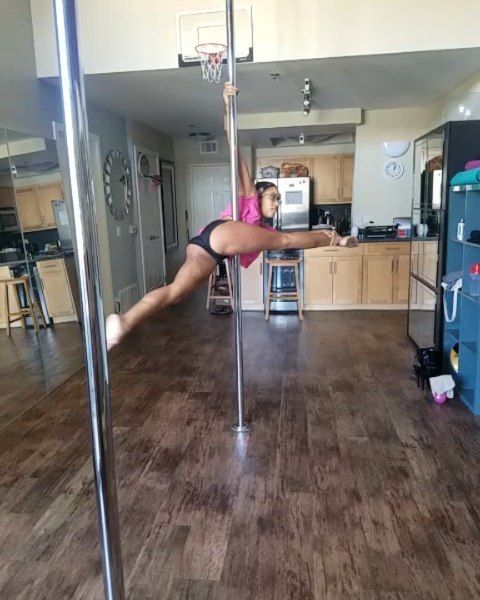
- Bend the front knee and hop to send the other leg straight up.
- Bring the hopping leg up as well. The wall serves as a support if you falter.
- Point your toes up and imagine that you are hand-standing against a pole.
P.S. Handstands should only be practiced at the intermediate or advanced level of your training with a crash mat.
Pole Dancing Workouts Without a Pole
These workouts are all beginner-friendly. Do at least 10 sets of these exercises.
1. Superwoman roll
- Lie face down on the mat.
- Lift chest, arms, and legs off the mat. Take a few breaths in this position.
- Roll to your right onto your back, keeping your arms and legs lifted.
- Reverse roll to the starting position.
2. Sit-ups
- Lie on your back, with knees bent.
- Place your feet firmly on the floor.

- Extend your arms overhead.
- Exhale and bring your head and shoulder off the mat. Try to touch your knees with your chest, while keeping the back straight.
- Hold this position for a few breaths before lowering your back slowly into the mat.
- Once standard sit-ups are easy, lift your legs and arms at the same time to meet in the middle.
- Do lower back exercises to avoid damage to your back.
3. Pendulum
- Lie on the mat, with arms stretched to the side of the head.
- Lift your legs straight to the ceiling
- Now swing your legs sideways.
4. Wall squats
- Stand with your back to the wall.
- Fold your palms loosely overhead.
- Keep your feet together about 12 inches off the wall.
- Rise on the balls of your feet and squat.

- Stand up and jump both feet out into a wide stance. The heels should remain lifted.
- Repeat the wall squat with knees out on the sides.
- Jump and bring your knees together
Cardio Strip Aerobics Workouts Without Pole
Cardio strip workouts are the latest craze. And with a good reason. This is a sensual but athletic enterprise for wicked dancers. Wear whatever makes you feel sexy if you’re a beginner.
Fun fact: You can do this type of workout in your push-up bra or G-string. We can’t guarantee that you will keep them up by the end of the intense workout session.
Here are some beginner-friendly workouts.
Shoulder Roll
- Roll your left shoulder and arm to the right.
- Sway your hips to the side and bend your knees slightly.
- Roll your right shoulder and arm to the left and repeat.
Booty Shake
- Take your hands up in the air, bend your knees and shake it!
- Shake your waist too at a slower pace.
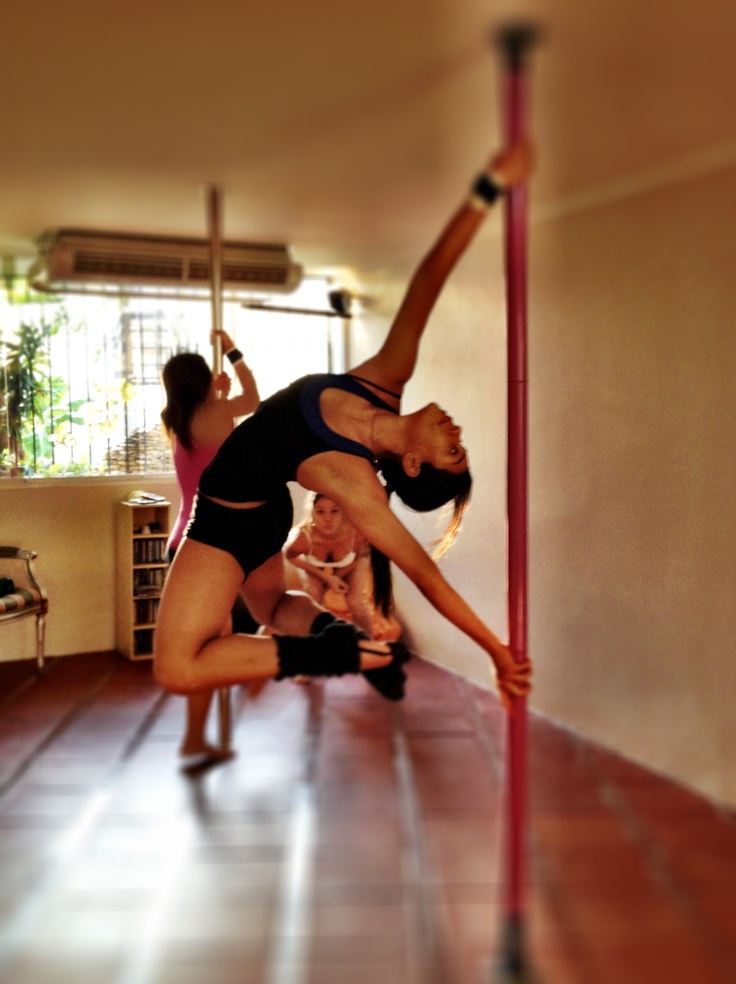
- Move your body around an imaginary chair. Sway your body as you do each move.
Cross and pump
- Cross your arms to touch the shoulders.
- Then cross your arms at your waist.
- Open your arms.
- Pump your chest twice.
You can build on these exercises to engage more body parts.
How to Practice Yoga Without a Pole for Pole Dancing improvement?
Pole dancing requires a great deal of flexibility, strength, and concentration.
Many pole dancing moves are actually very similar to yoga poses. Yoga builds up your strength, making you more balanced and coordinated.
Here are a few asanas that will help you tame those tricky pole moves.
- Sirsasana. To build strength in your core, arms, shoulders, and wrists. Sirsasana gets you ready for handstands.
- Hanumanasana. To strengthen hamstrings to perform Chopper, Butterfly, and pole splits among many others.
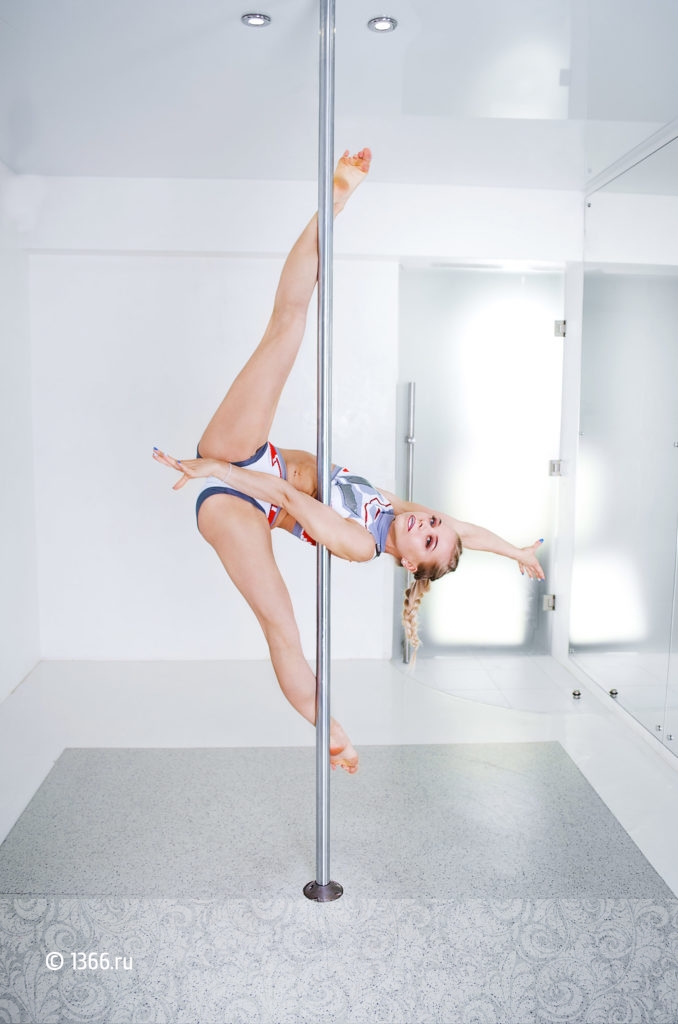
- Anjaneyasana and Urdhva Dhanurasana. To help with backbends, Jade Split and Allegra without hurting your spine.
- Chaturanga, Bakasana and Navasana. To build core strength. You require a rock hardcore to master most pole moves such as Martini and Bottle Rocket.
Chair or Lap Dancing Without the Pole
Are you a shy newbie? Simply grab a chair and your partner. And sway those hips to the beat of your favorite relaxing music.
You are working out your glutes and pelvic muscles as you dazzle your partner with splits and spins.
This is a fantastic way to feel confident and sexy while getting a workout done. And trust me, your partner won’t even notice if you don’t point your toes or miss a move.
Many pole moves can be adapted for chair dance. Allow your imagination to go wild.
Pilates Workout for Pole Dancing Without the Pole
1. Saw
Level: Beginner
Targets: Back, Hamstring
- Sit straight on the mat.
 Extend your legs in front of you, and open up somewhat wider than your hips.
Extend your legs in front of you, and open up somewhat wider than your hips. - Stretch arms to the side.
- Inhale and twist your torso to the right, carrying your arms with you.
- Exhale and touch your little finger (left hand) to the little toe. Your right-hand reaches back, with the palm, turned in. Feel the pull of the arms.
- Inhale and bring the body up to starting position.
- Repeat on the other side.
2. Seal
Level: Intermediate
Targets: Abdominals
- Sit at the front of the mat. Draw your knees to your chest.
- Put your hands through your legs and grab the outside of your ankles.
- Make a C-shape with your torso as you take your feet 2 inches off the mat.
- Clap the feet together 3 times.
- Inhale and smoothly roll onto your shoulders.
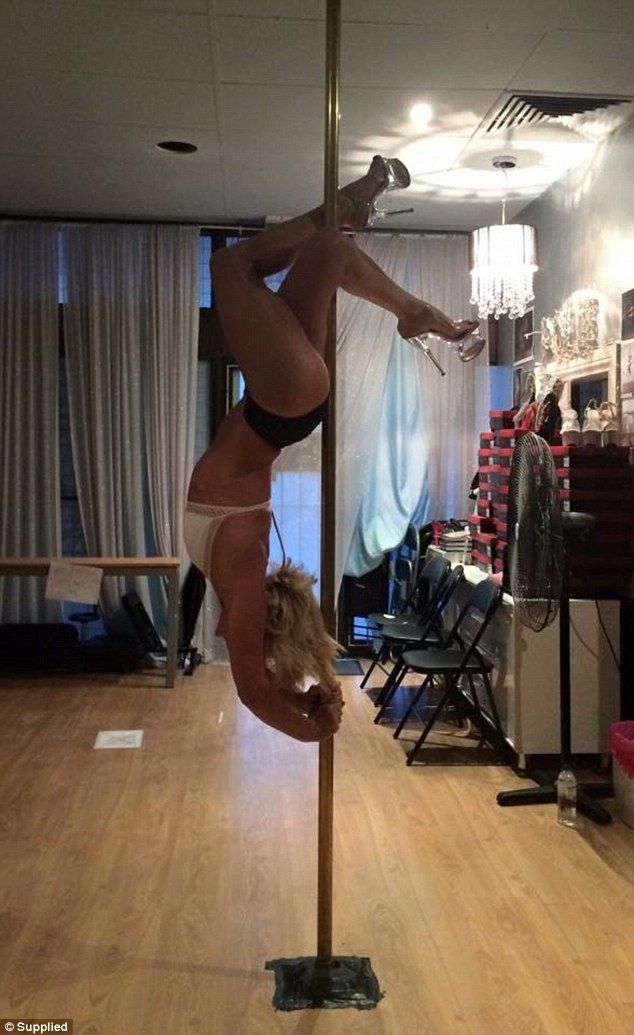
- Bring your feet together again 3 times at the top.
- Exhale and roll back to the starting position.
3. Scissors
Level: Advanced
Targets: Shoulders, Abs, Hip
- Lie on your back. Bend your knees.
- Extend your knees to the ceiling and take your hips and lower back off the floor. Support your hips with your palms, with elbows directly under the pelvis.
- Scissor your legs open, away from each other.
- Bring your legs together and switch sides.
How Often Can You Practice Pole Dancing Without a Pole?
If you are a beginner, start with a 30-minute dancing session, twice a week. You will be sore after your workout in the beginning. So, give more time for muscle recovery.
You will be sore after your workout in the beginning. So, give more time for muscle recovery.
Once you reach the intermediate level aim to pole dance for 1 hour three times each week.
Be careful to not overdo your body as you could otherwise injure yourself.
As an advanced level pole dancer, you can practice for an hour or more, 4-5 times a week.
Remember to stretch and relax your muscles after each workout.
Will You Get a Pole Dancer Body Without a Pole?
Even without a pole, pole dancing moves can target all parts of the body. And be a complete fitness regime in itself.
Cardiovascular activity is key to pole routines. The complex stretches and body bend target stubborn belly fat while also strengthening the core.
Overall, the body tones up, the curves you didn’t know you had, and this starts to show.
Join a pole dancing lesson and find the right material if you want to become as good as a professional pole dancer. You’ll also get the opportunity to perform around the world with other dancers.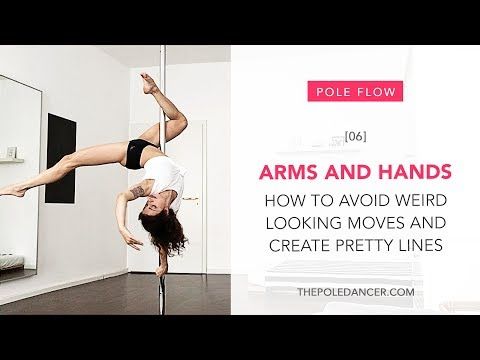
When Is It Time to Get Your Own Pole at Home?
One mindset is that when you have been practicing for a month or two at home. And you are excited by this dynamic dance form and want to put your skills to the test on a real pole.
You should get yourself a portable dance pole when you want. This will motivate you further in your workout journey. You can train whenever you want at your own pace.
You will be able to level up your workout sessions by picking up more challenging pole moves. All of this from the convenience of your own home.
You only have to pay once, and it doesn’t matter when you do it, so you might as well get one sooner and take our tips to move your confidence to a new height – up with the rest of the stars.
More information:
- How does heart rate change when dancing? a blog from https://www.livestrong.com/article/365352-how-heart-rate-changes-when-dancing/
- The importance of stretching published in https://www.
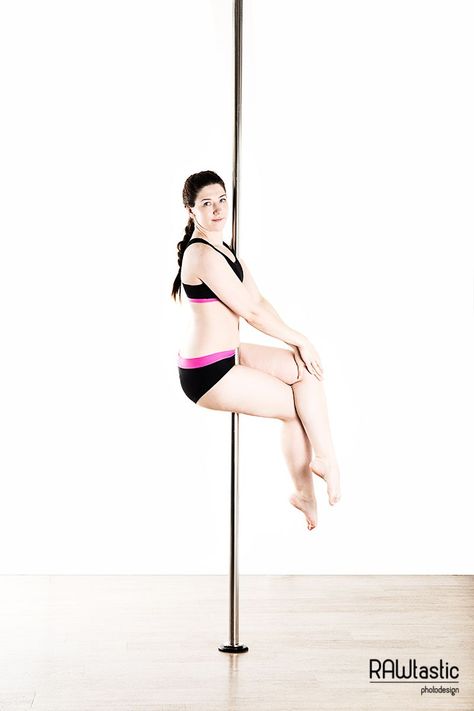 health.harvard.edu/staying-healthy/the-importance-of-stretching
health.harvard.edu/staying-healthy/the-importance-of-stretching
Leila Liú
My name is Leila Liu, as a pole dancer and a pole dancing fitness coach, I bring my experience, technique and style to my followers. As pole dancing is becoming more popular, this is also my favorite style of dance to teach.
Learn Pole Dancing at Home - A Complete Guide
This article may contain affiliate links. This means that at no extra cost to you, I may earn a commission if you use one of these links to make a purchase. Read the full disclosure.
Contents
- Is Learning Pole Dancing at Home right for you?
- Other Ways To Learn Pole Dancing
- Choose a Dance Pole Suitable for Home Use
- Always Put Safety First
- Assess Your Space
- Find the Right Clothes
- Online Pole Fitness Lessons
- Open Dance Academy Online Pole Dancing Lessons
- Danna’s Online Pole Dancing Course
- Studio Veena Online Pole Dancing Lessons
- X Pole TV
- Pole Fitness DVDs
- The Art Of Pole by Jamilla Deville
- Felix Cane Pole Dance Mastery
- The Pole Fitness Series
- Get Involved With the Community
- Further Reading
- The Ultimate Pole Tricks Handbook
So, you want to learn pole dancing at home, but aren’t sure where to start? Learning to pole dance at home is ideal if you don’t have anywhere local offering pole fitness lessons.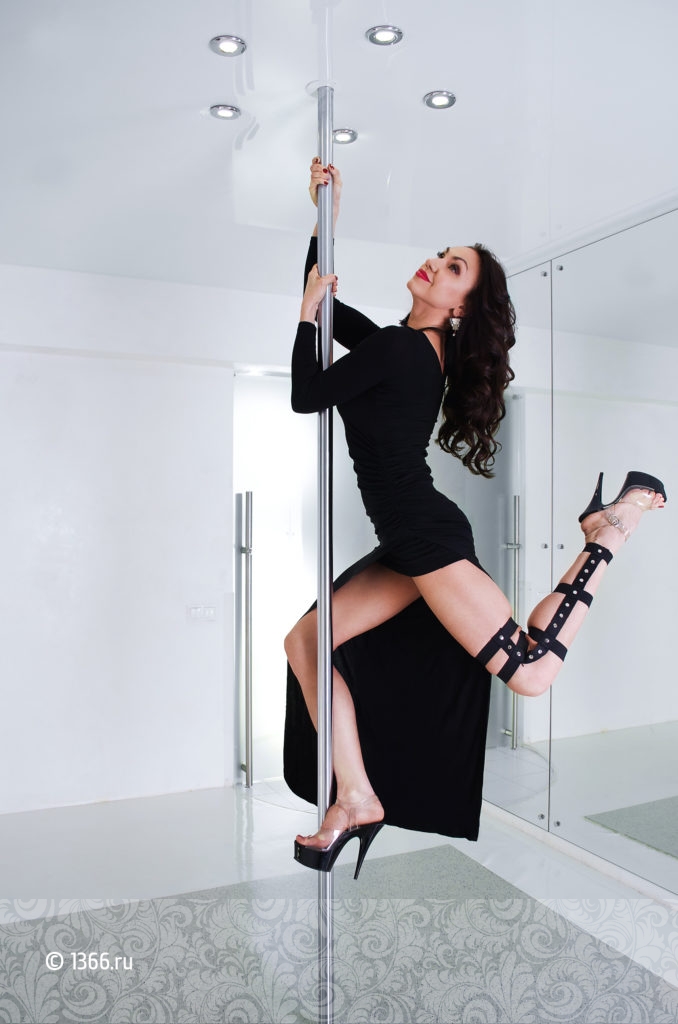 Or, you may lack the confidence to attend lessons and would prefer to learn in a more private environment.
Or, you may lack the confidence to attend lessons and would prefer to learn in a more private environment.
Learning something at home is the most convenient way to learn at your own pace. If you have a busy lifestyle, job, or family then it can be hard to find the time to commit to a series of pole dancing classes. By choosing to learn at home, you can do so in your own time.
You can take as much time as you want to practice and review moves. If you’re in a gym or a public class, you may not have enough time to spend practising a particular move as the instructor may have a lesson plan to stick to. By learning at home, you control what you do during a practice session.
Learning pole dancing at home is less expensive than classes consider how much you learn for the price if you choose to purchase DVDs or online lessons.
Pole fitness lessons may cost $20-$30 per time, and you should attend once a week to really feel the benefit. The instructor will set the pace of the lessons and choose which tricks to teach you and in what order. In The Art Of Pole DVD, for example, you learn well over 50 moves for around $120, whereas a $120 spent at a pole class would teach you fewer moves.
The instructor will set the pace of the lessons and choose which tricks to teach you and in what order. In The Art Of Pole DVD, for example, you learn well over 50 moves for around $120, whereas a $120 spent at a pole class would teach you fewer moves.
It can be extremely good value to purchase online lessons too.
Here is our complete guide on how to learn pole dancing at home. If you find this guide useful, don’t forget to share it with your friends on social media!
Is Learning Pole Dancing at Home right for you?
First of all, you need to decide whether learning pole dancing at home is right for you. Consider your previous fitness experience, if you’re completely new to this form of exercise then you may benefit from attending a class, even if it’s just to learn the basics first.
In just a few lessons you can learn the basics with a qualified instructor by your side. It’s hugely beneficial if you can get a grasp of the basics, such as:
- Climbing the pole
- Different types of grip
- Sitting on the pole
- Spinning to the floor
- Basic invert techniques
Once you learn these techniques, then learning pole dancing at home is a great idea for you to save money on regular pole dance lessons.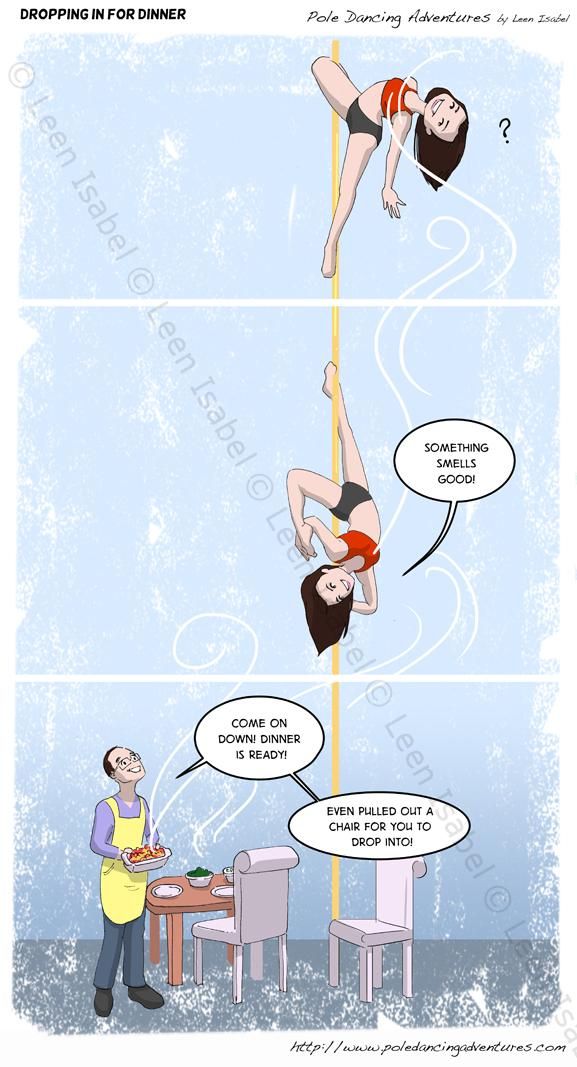 You don’t have to completely nail all of these tricks, but you should have a good understanding of how to safely perform these techniques.
You don’t have to completely nail all of these tricks, but you should have a good understanding of how to safely perform these techniques.
Also, what about your living situation? Is your home suitable for you to install a portable dance pole easily?
You’ll need to make sure that you have enough floor and ceiling space to get the most from your workouts and to adequately performs certain tricks and spins that need more space than others.
Other Ways To Learn Pole Dancing
- Attending a pole dancing class
- Arranging a 1-2-1 private pole dancing lesson
- Attending a pole dancing party
- Being taught by a pole dancing friend
Find out more about these ways of learning pole dancing here.
Choose a Dance Pole Suitable for Home Use
Once you’ve decided that learning pole dancing from home is right for you, then next thing you’ll need is a pole to dance one! We’ve written multiple guides on this topic so to avoid repeating ourselves…
If you don’t yet know about portable dance poles, X Poles, and Freestanding dance poles then you can learn all you need to know from these articles… (they all open in a new tab)
- Best Dance Poles for Sale 2019
- Portable Dance Pole Buyer’s Guide
- All You Need to Know About Freestanding Dance Poles
- Chrome, Brass, Titanium Gold, Stainless Steel, Silicone or Powder-Coated: Which Pole Finish is Right for you?
- X Pole XPERT “The Ultimate Dance Pole” Review
- X Pole Sport Review
If you don’t have time to read all of that information right now, then what’s most important to know is that you choose a professional dance pole manufacturer such as X Pole or Lupit Pole and that you buy directly from them or from an authorized re-seller, such as Amazon.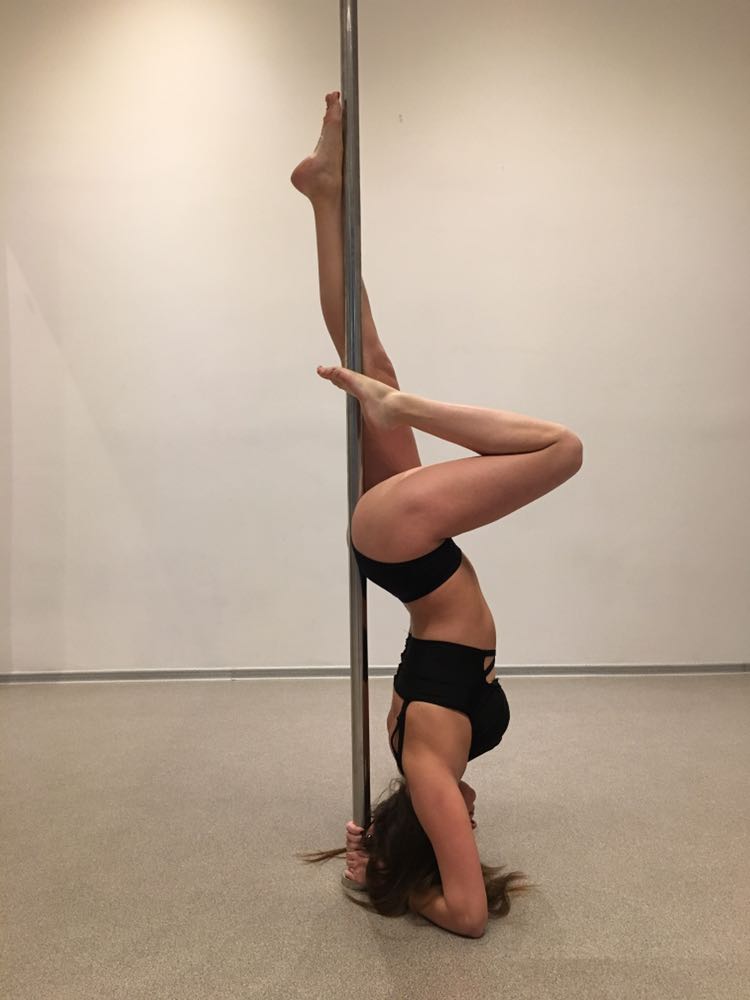
Be very wary of fake X Poles being sold on eBay and Craigslist.
You’ll probably also want to get these somewhat optional, but hugely popular accessories for pole dancers. Click on the links to learn more about these items (they all open in a new tab).
- A pole dancing crash mat
- Grip aid to help you grip
- Wrist Supports
- Ankle protectors
- Pleasers (stripper shoes)
- Yoga Shoes
- Pole Shorts
Always Put Safety First
Safety is the most important thing when you’re trying a new form of exercise. Pole dancing is no exception.
You should make sure that you have plenty of space around your pole, to ensure that you won’t knock or kick anything during your workout session.
If you stand between the pole and the nearest wall, you should be able to stretch your arms out as wide as they go without touching the pole or the wall.
During a pole fitness session, you can literally be swinging around the pole! So, you need to be confident that you can do so safely at home!
Assess Your Space
Many pole dancers manage to use a dance pole at home without the ideal amount of space, and they do so successfully.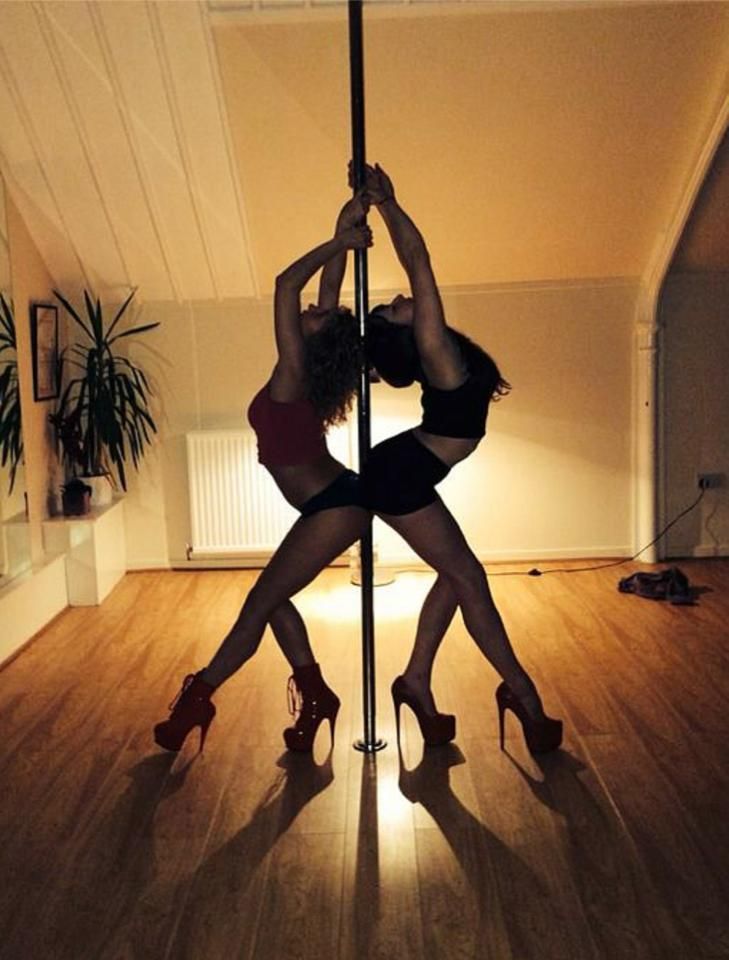 However, some moves and combos cannot be performed in smaller spaces, although it is possible to adapt your routines according to the space around you. As a beginner, it is better to be able to move as freely as possible so try your best to make space around you.
However, some moves and combos cannot be performed in smaller spaces, although it is possible to adapt your routines according to the space around you. As a beginner, it is better to be able to move as freely as possible so try your best to make space around you.
This could mean pushing your furniture up against the wall or moving any delicate objects out of the way.
If possible, always have a spotter with you when you attempt moves for the first time
Always use a crash mat designed for pole dancing as they can protect you from some nasty falls and injuries. As you’ll be learning pole dancing at home, and not in a studio, it’s important that you take these extra precautions as there will be no one to blame but yourself if the unthinkable happens. Read our safety guide for pole dancing at home (opens in a new tab).
Find the Right Clothes
If you’re learning to pole dance at home, there’s no one to impress apart from yourself! There’s no need to spend hundreds of dollars on new pole dancing clothes right away.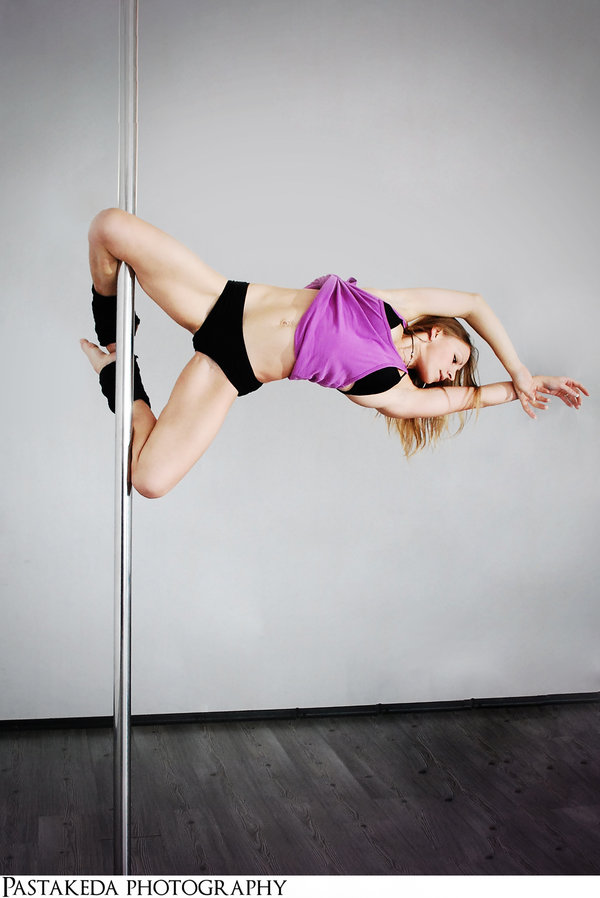
You will need shorts, a tank top and a sports bra at least. Shoes are optional, many people pole dance barefoot while others wear huge stripper heels every time! Yoga shoes are also perfect for pole dancing, especially for beginners.
As you progress with your pole dancing, you’ll likely want to buy yourself new clothes, fancy shorts, legwarmers, and beautiful new outfits! But, as a brand new beginner, you can stick to shorts and a tank top – but the choice is yours!
Online Pole Fitness Lessons
Believe it or not, one of the best ways to learn pole dancing at home is with Online Pole Fitness Lessons.
Learning pole dancing at home using online lessons is perfect if you don’t have time to commit to a full course of pole dancing classes, or if there are no classes available in your local area.
Obviously, learning pole dancing online has a lack of real-time instruction and advice. You may not realize that your technique may be completely wrong, but there’s no one there to correct you. Repeatedly performing a move incorrectly can also lead to injuries and muscle strain over time, so try to seek advice from a professional instructor where ever possible and don’t attempt anything that doesn’t feel right.
Repeatedly performing a move incorrectly can also lead to injuries and muscle strain over time, so try to seek advice from a professional instructor where ever possible and don’t attempt anything that doesn’t feel right.
There are some very high-quality online pole dancing lessons available right now, where the instructors go over each move in great detail, talk through technique and points of contact, explain common problems with different tricks and provide motivation through their instructions.
Here are some of the range of online pole fitness lessons available at the moment:
Open Dance Academy Online Pole Dancing Lessons
Open Dance Academy has over 450 online lessons, by some world famous pole dancing champions, such as Evgeny Greshilov, Yvonne Smink, Jamilla Deville, Maddie Sparkle and more!
They currently offer:
- Access to more than 450 high-quality video lessons with the lifetime access option ($350)
- Excellent value for money when compared to the price of local pole dancing classes
- Suitable for beginner, intermediate, advanced & expert pole dancers
- Their website works on mobiles, tablets, and laptops
- A stress-free training environment that you can do in your own time.
 No driving, parking or stress.
No driving, parking or stress.
***GET 10% OFF OPEN DANCE ACADEMY***
Use the code polefitfreedom to get 10% off Pole Dancing Lessons with Open Dance Academy. This is an exclusive offer for readers of this blog!
FIND OUT MORE HERE
Danna’s Online Pole Dancing Course
This course has over 130 online lessons, it’s currently on sale at $47 and that includes lifetime access to all lessons, so check it out it now before the price goes up again!
Find out more here
Studio Veena Online Pole Dancing Lessons
Studio Veena is one of the original and best online pole dancing lesson providers. Not only are the top-notch and detailed lessons available for members, there’s a huge and active community too. You can join the community without paying, use the link below for a 3-day free trial and see what Studio Veena has to offer.
Sign-up for a free trial here
X Pole TV
X Pole themselves have launched their own online pole fitness lessons, including The Art Of Pole by Jamilla Deville! (Keep reading to learn more about The Art of Pole DVD Collection – a personal favorite!)
Find out more about X Pole TV here
Pole Fitness DVDs
Using DVDs to Learning Pole Dancing is another great way to learn pole dancing at home. As with online pole dancing lessons, you should follow safety precautions, always use a spotter and a crash mat, and listen to the instructions carefully. You can pause and re-watch if necessary. Don’t take any unnecessary risks!
As with online pole dancing lessons, you should follow safety precautions, always use a spotter and a crash mat, and listen to the instructions carefully. You can pause and re-watch if necessary. Don’t take any unnecessary risks!
The Pole Fitness DVDs currently on sale can teach you pole dancing to a very high standard. Here are a few of our favourites:
The Art Of Pole by Jamilla Deville
This was the first Pole Dancing DVD I ever used, and it’s absolutely brilliant – I still refer to it very often. This DVD set contains five DVDs, each one increasing in difficulty. There is even a routine at the end of each DVD featuring all of the moves covered, which is a really nice touch.
These really are excellent instructional videos by Jamilla Deville, and there are some warm-up and cooldown routines too. This even includes routines performed beautifully by Jamilla wearing some beautiful costumes for inspiration.
Get your copy here on Amazon
Felix Cane Pole Dance Mastery
Now, this is the DVD for when it’s time to really level-up your pole game! Felix Cane’s name is synonymous with moves such as the ‘Spatchcock’ and advanced flexibility training.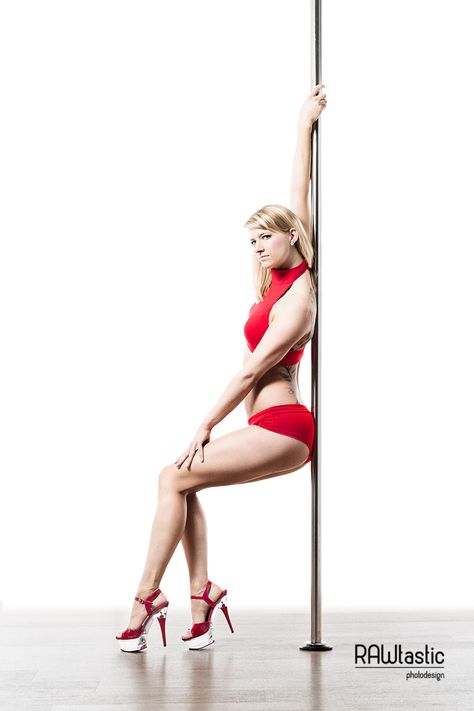 Advanced Pole Mastery does not disappoint in the respect.
Advanced Pole Mastery does not disappoint in the respect.
Get your copy on Amazon
The Pole Fitness Series
This Pole Fitness Series DVD Set consists of 3 separate DVDs. These are pole conditioning DVDs, with each one focusing on cardio, toning and flexibility.
This fitness routine is suitable for all levels and will help build/maintain your overall fitness as well as condition your body for pole dancing. If you use this link below, you’ll get $10 off – how great is that?!
Check out our list of the Best Pole Dancing DVDs! (Opens in a new tab)
Get Involved With the Community
Don’t be a poler in solitude! Speak to others who are learning at home too! The online Pole Dancing Community is incredibly active, check out Studio Veena’s Forums and our Pole Dancers of Pinterest Group Board to start with!
There’s also a tonne of Facebook Groups, Twitter feeds, and blogs about pole dancing to follow.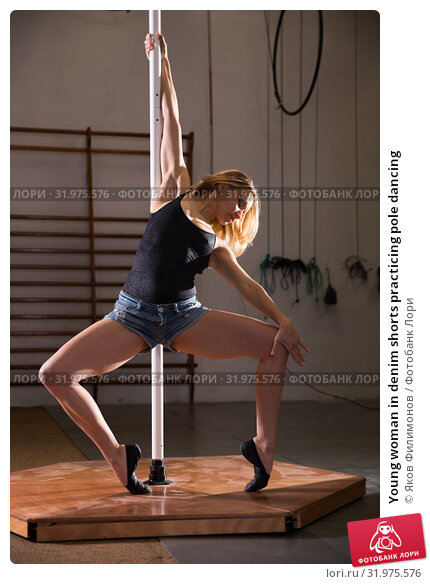 You could even start your own blog to document your pole journey and inspire others to do the same!
You could even start your own blog to document your pole journey and inspire others to do the same!
Further Reading
For more information about learning how to pole dance at home, check out some of our other posts and articles. Here are just a few that you may be interested in:
- All About Freestanding Dance Poles
- Best Pole Dancing Books for Inspiration & Motivation
- Everything You Need To Know About Freestanding Dance Poles
- Health Benefits Of Pole Dancing
- How To Learn Pole Dancing
- Inspirational Pole Dancing Quotes
- Other Workouts For Pole Dancers To Try
- Pole Dancing Routine Songs
- Portable Dance Poles And Renting – A Complete Guide
- Portable Dance Pole Buyer’s Guide
- Protect Your Wrists As A Pole Dancer
- Simple Warm-Up For Pole Dancers Of All Levels
- Treat Your Pole Dancing Bruises & Burns
- What Does Pole Dancing Do To Your Body?
The Ultimate Pole Tricks Handbook
This is the only step-by-step ebook on the market for real pole dancing moves. The guide is extremely detailed in getting your hands placed correctly for performing moves of all levels.
The guide is extremely detailed in getting your hands placed correctly for performing moves of all levels.
Get your copy here
Pin This Guide
Pin this to your Pinterest boards to save this guide. What are your tips for learning pole dancing at home? Leave a comment below to share them with our readers!
Happy poling!
This post contains affiliate links. That means that, at no extra cost to you, we may receive a small commission if you buy a product using one of the links on this page. Read our full disclosure here.
10 tips for beginners to know
1. What is the essence of poledance?
Poledance is a dance that combines elements of choreography, acrobatics and gymnastics. Do not confuse Poledance with the usual striptease or strip plastic, because during this sport there is a significant physical load. It's like gymnastics on the bar, only the pole is upright.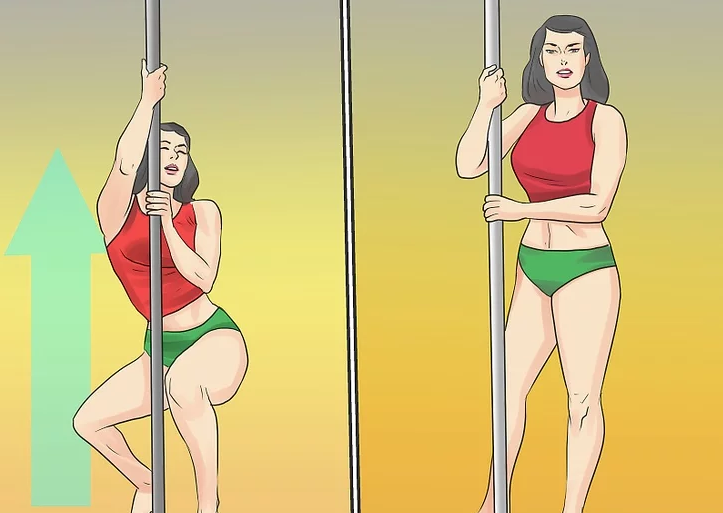
Pole dancing is especially suitable for women who often slouch. It has a good effect on muscles and joints. Therefore, by exercising regularly, you will achieve a beautiful posture and, as a result, an easy gait.
2. How does this affect my body? Why is poledance good for health?
Pole is a great exerciser for arms, legs, back and abs. Poledance not only helps to get rid of complexes, it teaches you to move beautifully, improves stretching and endurance, and also helps to lose weight and make your figure slim. During the exercises on the pole, you lose a large number of calories, the muscles are tightened and strengthened. Active movements speed up the metabolism, thus increasing energy consumption and forming a beautiful body. This happens almost imperceptibly, because during the dance it is much more interesting to form relief muscles and beautiful skin than sweating in the gym.
3. What do I need to bring to my first poledance class?
Pole dancing involves serious physical activity.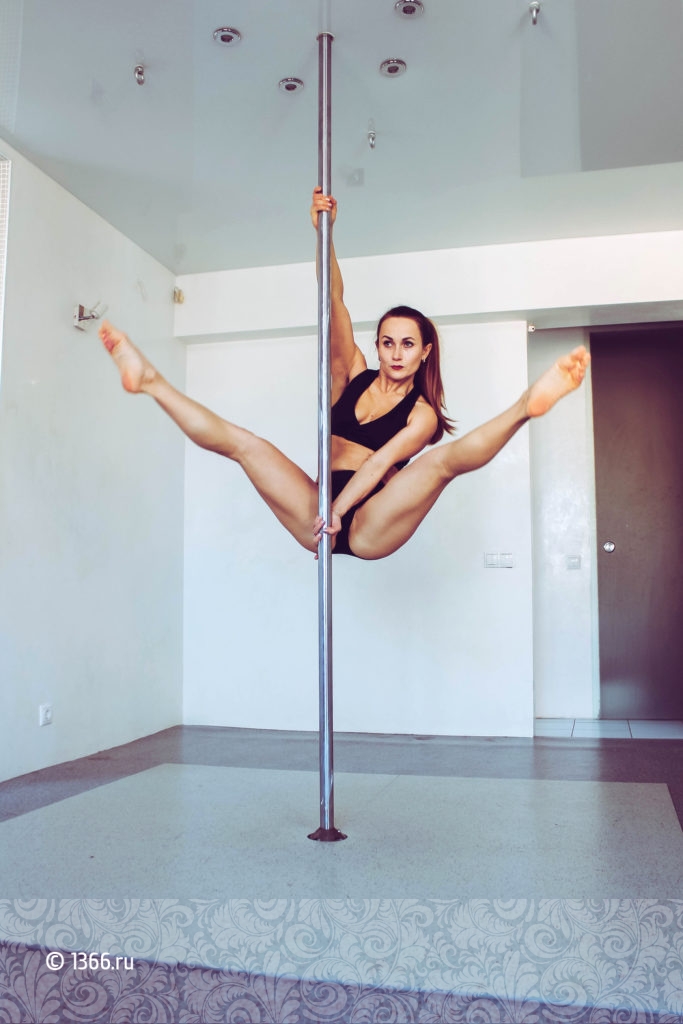 Therefore, before each lesson, we warm up all the muscles of the body, joints, do stretching exercises. This requires clothing that will cover the entire body, thereby retaining more heat. Therefore, for a warm-up, we recommend using long T-shirts, T-shirts, leggings, leggings. A good warm-up, when all muscles, ligaments and joints are involved, allows you to avoid serious injuries and sprains.
Therefore, before each lesson, we warm up all the muscles of the body, joints, do stretching exercises. This requires clothing that will cover the entire body, thereby retaining more heat. Therefore, for a warm-up, we recommend using long T-shirts, T-shirts, leggings, leggings. A good warm-up, when all muscles, ligaments and joints are involved, allows you to avoid serious injuries and sprains.
In addition to warm-up clothes, you need to have a uniform for training - a short top and short shorts. The body must be in constant contact with the pole, so this is the kind of equipment that is needed. In long clothes, you will not be able to stay on the pole.
4. How are poledance classes at your school?
All our classes begin with a warm-up. First comes a set of exercises for warming up the muscles, then stretching and flexibility exercises, then for strength in the arms, back, etc. Next, we proceed directly to classes with the pylon.
Pole dancing requires a special approach. Our teachers work with students who have different physical fitness and expectations from the lessons. In our classes, we learn tricks, twists, stalls (dance on the floor, near the pole) and learn to combine all this into a beautiful, graceful, feminine and sexy dance.
Our teachers work with students who have different physical fitness and expectations from the lessons. In our classes, we learn tricks, twists, stalls (dance on the floor, near the pole) and learn to combine all this into a beautiful, graceful, feminine and sexy dance.
In our school, you can start poledance without being physically fit. The program of our classes is designed so that you first master the basics with a gradual increase in intensity and load. You yourself will not notice how, after a few lessons, you will already be able to perform tricks that previously seemed unrealistic.
5. How is the Polepassion school different from other similar schools in Kyiv?
The Polepassion School takes place in small groups of up to 7 people. When attending a poledance class, you can be sure that no one else will take your pole! You will dance on it 100% of the time, that is, a whole hour.
Teachers, real professionals and experts in love with their work, as well as an individual approach distinguishes our school from others of its kind. These benefits allow you to exercise effectively while developing strength, sexuality and flexibility!
These benefits allow you to exercise effectively while developing strength, sexuality and flexibility!
We have an affordable price! You can sign up for a trial class to see if you want to continue with poledance. You will have the opportunity, for a nominal fee, to try your hand at the art of pole dancing, and then make an informed decision. Check out all the necessary information on our website, look at the photos - we are waiting for your call!
6. Tell us about CrossFit training - what is it and what are they for?
CrossFit - a word of English origin: cross - cross, combine, force; fit - in good shape, strong, healthy. There is no exact analogue of the word crossfit in Russian. CrossFit is a broad concept, it is a set of training, a fitness exercise program designed to work with all muscle groups, which brings up the strength and endurance of an athlete.
CrossFit was born when the need arose for training suitable for any sport and people of all fitness levels. This technique includes the techniques of such sports areas as light and weightlifting, gymnastics, bodybuilding, powerlifting.
This technique includes the techniques of such sports areas as light and weightlifting, gymnastics, bodybuilding, powerlifting.
CrossFit is a complex of trainings for the work of various muscle groups (sometimes several at the same time) with high intensity. CrossFit develops not only the muscles of the athlete, but also trains the heart muscle, respiratory system and brings up the overall endurance of the body.
7. Don't you think CrossFit is too aggressive for the female body?
Many women feel that CrossFit exercises are not suitable for their fragile bodies and they will not be able to withstand training. Fortunately, these fears are unfounded. You can train, having any physical fitness, and at any age. You have the opportunity to independently select a load for yourself, based on your own feelings.
How useful is CrossFit for women? A variety of exercises and the high intensity of their implementation affects the metabolic rate, so the body begins to actively burn subcutaneous fat.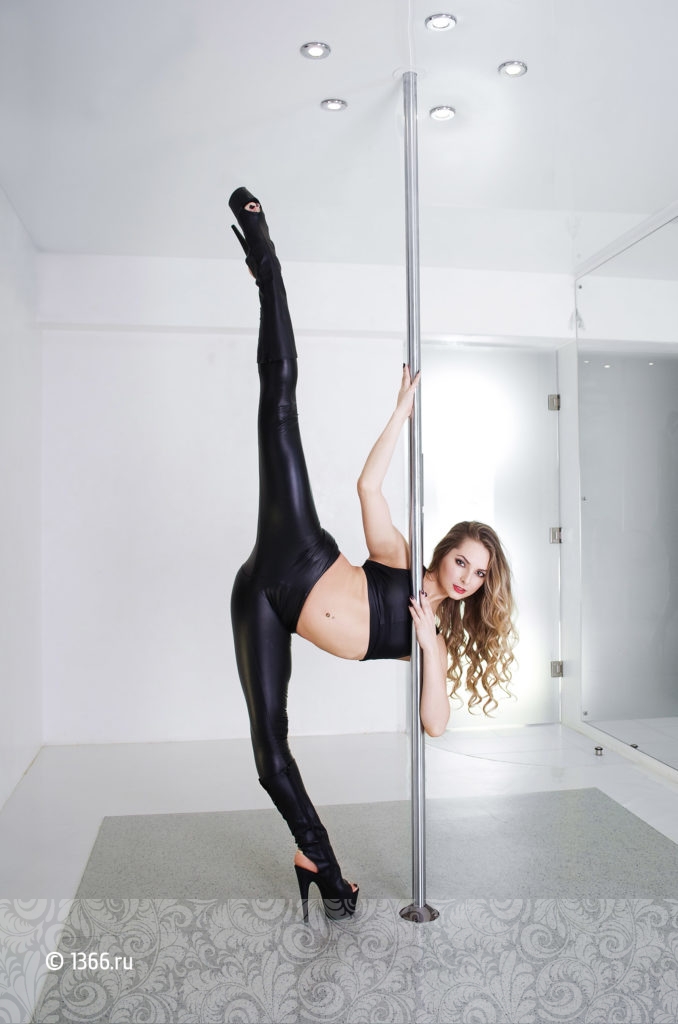 Interestingly, this state is maintained even after the end of classes, for several more hours. CrossFit for women is an effective way to quickly get rid of excess weight and put your body in order.
Interestingly, this state is maintained even after the end of classes, for several more hours. CrossFit for women is an effective way to quickly get rid of excess weight and put your body in order.
8. Are there any health restrictions, such as CrossFit? How do you follow this?
Given the high intensity of this set of exercises, of course, there is an extensive list of contraindications. Simply put, CrossFit can be done by those whose health does not cause any concern. However, below we provide a list of contraindications when it is absolutely impossible to do CrossFit:
• Diseases of the cardiovascular system;
• Pregnancy and breastfeeding period;
• Any recent trauma;
• Recent surgery;
• Pathology of the musculoskeletal system;
Do not underestimate the upcoming load and before deciding to do CrossFit, you should consult a doctor.
Before class, the trainer asks about various illnesses/injuries/general fitness; then he explains safety precautions, and before starting the lesson, he shows how to perform all the exercises: how to do push-ups, pump the press, legs, etc. correctly.
correctly.
9. Tell me about exotic poledance? What is this direction and what benefits does it bring to the body?
Pole Dance Exotic - one of the types of pole dance, aimed not only at the study of tricks and dance sequences on the pole, but also at the development of plasticity and sexuality. Pole dance exotic (floor dance exotic) includes the study of the elements of strip plastic and strip dance.
Exotic Pauldance is, first of all, a dance that symbolizes women's freedom, joy, femininity, theatricality and artistry. This dance can be practiced by all women who want to discover new facets of their character and their sexuality, regardless of age, height and configuration .
10. Do I need to have some basic physical fitness to practice pole dancing? How do you select students for your school?
Being physically fit is an advantage, but not a requirement to start training. Most people who have expressed a desire to take up pole dancing have no sports or dance experience.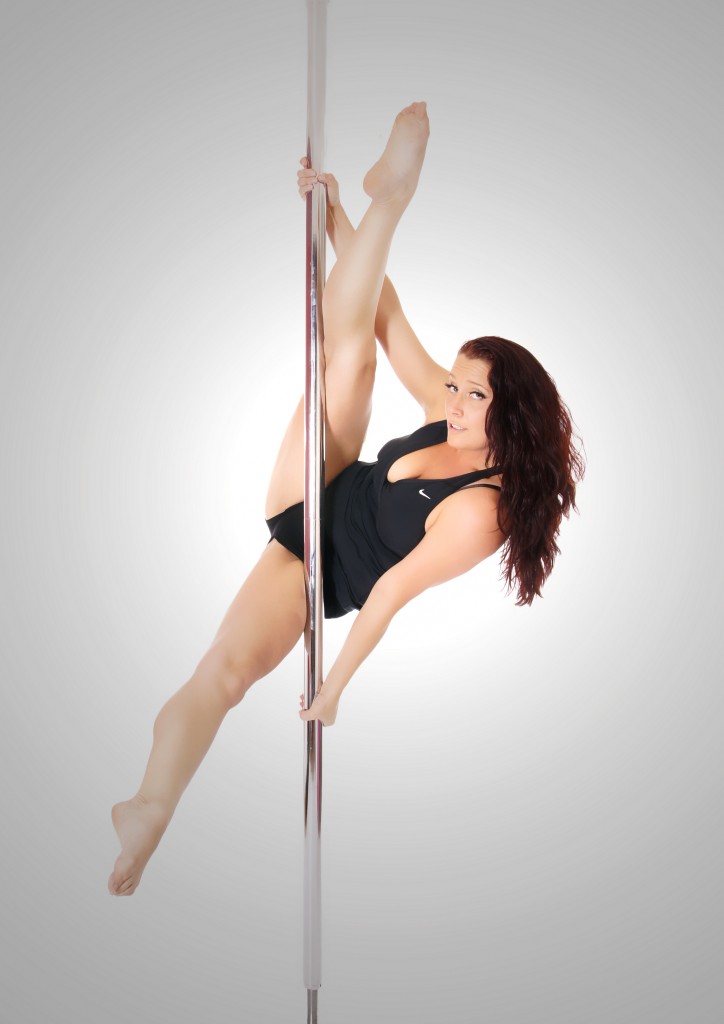 In the classes, we pay attention to general and special physical training, as a result of which you get an excellent sports shape, improve your physical abilities and easily perform tricks that previously seemed impossible.
In the classes, we pay attention to general and special physical training, as a result of which you get an excellent sports shape, improve your physical abilities and easily perform tricks that previously seemed impossible.
Recommendations for beginners:
You need to be prepared for difficulties, especially at first. Pole dancing requires iron endurance and good endurance. It will hurt, hands will give up, but success in such a difficult sport is worth it.
Be prepared for sprains, sprains, bruises and injuries. Poledance is very traumatic, however, like other sports. You can not neglect the warm-up and stretching at the beginning of classes. It is very important. You need to prepare your body for the main part of the workout.
Be optimistic. Don't get discouraged if it doesn't work the first time. First you will develop flexibility and endurance. And after a few lessons you will be able to perform many tricks. And after 2-3 months - and complex acrobatic elements.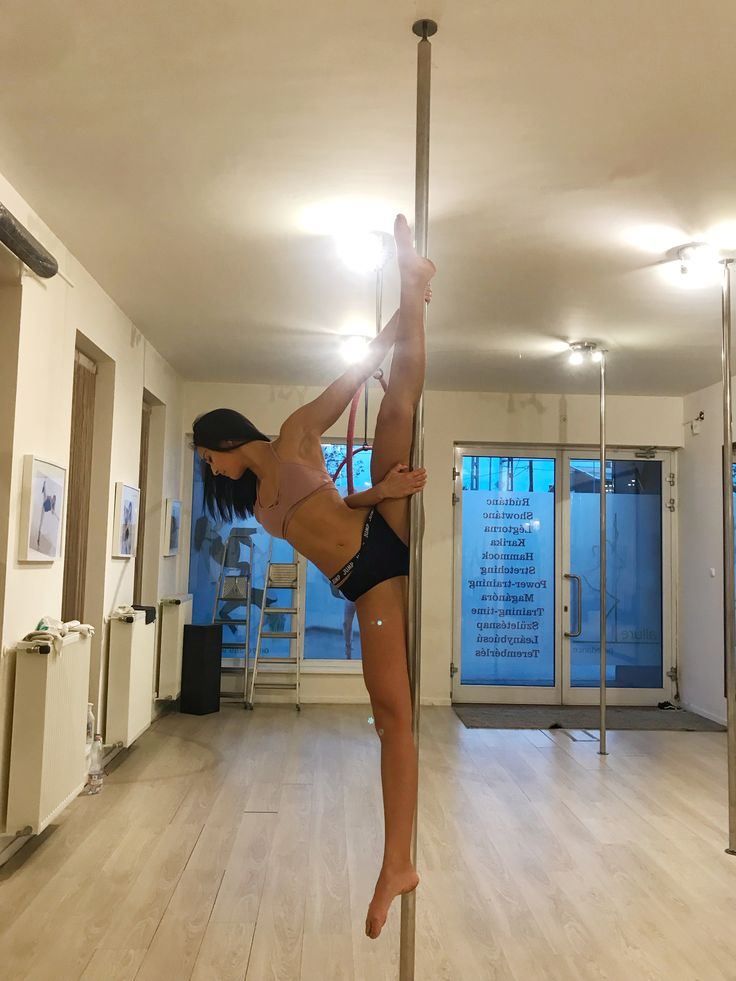
- < Front
- Nastupna >
How to start doing half-dance
Irina Malchukova
opened a half-dance studio
Author profile
I taught pole dance for six years, five of which I ran my own pole acrobatics studio.
To do this, I completed two special courses and participated in several master classes, my productions won prizes in regional competitions more than once.
I'll tell you how to start practicing for a beginner, what to buy, why half-dance can replace fitness and how to choose the right pole dancing studio.
What is half dance
Half dance is a pole dance that combines elements of choreography, gymnastics and acrobatics. In fact, this is a general concept. Now there are several directions that differ from each other: Exotic Pole Dance, Pole Art and Pole Sport. I will tell about them further.
Pylon, or pole, is a polished metal tube for grasping with hands and clutching with legs or other parts of the body. Its diameter can be 40, 42 and 44 mm.
Its diameter can be 40, 42 and 44 mm.
/motivation-sports/
Work out with a trainer and try different activities: 7 tips to help you fall in love with sports
Usually made of stainless steel, this ensures a smooth glide and at the same time a good grip on the skin. Pole dancers don't like it when a pole is called a pole.
There are static pylons - about tricks that are performed on such a pole, they say "in static", and also rotating ones - dancers say "in dynamics". In what follows, I will use these terms.
Most often, poles in professional studios have two modes at once. Due to simple manipulation, "dynamics" turns into "statics". In competition, dancers must be able to do tricks on both static and rotating pylons.
These are poles, or pylons, they were in my studio. I twisted the pylon from dynamics to static with the help of a key. Photographer: Vyacheslav RuchkinPylons are fixed in different ways:
- Widespread between floor and ceiling.

- With one fixed fixing to the floor or ceiling only.
- Two fixed fasteners at once. This option is the most reliable.
One fixed mount in studios is also acceptable. If the pole is installed only at a distance in a dance school, I do not recommend doing complex tricks there or spinning strongly.
There are also portable pylons - these are structures that can be transported with you or quickly assembled on site. Usually they are used for performances, since it is not safe for students to study on them in a constant stream.
Pylon supports that are fixed to the floor and ceiling. Source: Pilonexpert Portable pylon. Source: thepole.euThe elements of are tricks that are done on a pole. There are several levels of the pylon where they are performed:
- Upper - acrobatic tricks are performed here at a height of more than two meters above the floor.
- Medium - perform rotations, plastic or dynamic elements at a height of 1-1.
 5 meters above the floor.
5 meters above the floor. - The lower one is the stalls. Usually this is plastic or acrobatics, which is performed both with and without a pylon.
In 2021, pole sport was officially recognized in Russia. This means that the Ministry of Sports of the Russian Federation will coordinate all the rules by which half-dance competitions are held, there will be sports categories for participants, judges will have to undergo certification, and half-dance federations will have to be accredited.
Order of the Ministry of Sports of the Russian Federation, in which half-dance was included in the register of sports
Dance schools offer half-dance classes not as a sports discipline, but as exercises for stretching, working out the muscles of the legs and arms.
| These are elements on the pylon, or tricks |
Half-dance directions
Pole Sport or Fitness In this direction, most of the time is devoted to trick and power elements on the pylon.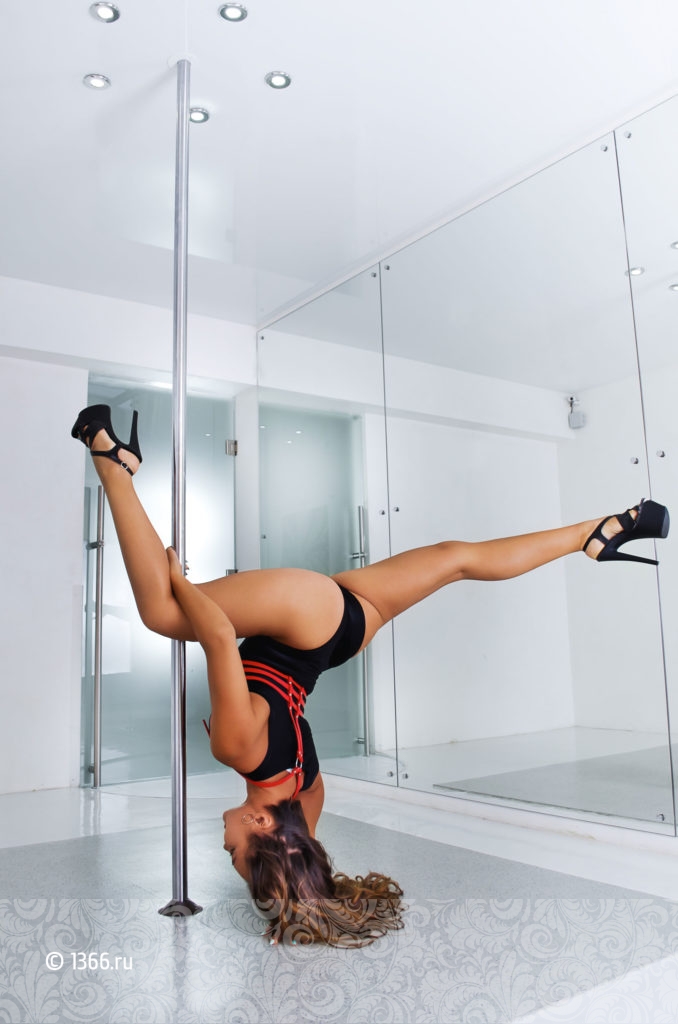 There are about 70% of tricks in the performance, and 30% of the choreographic or parterre part. To simplify, half-sport is similar to gymnastics.
There are about 70% of tricks in the performance, and 30% of the choreographic or parterre part. To simplify, half-sport is similar to gymnastics.
Competitions are often held in this direction. Mandatory elements are defined for them - those that a dancer must be able to do and show at the competition. Each element is evaluated by points: they look at the purity of execution, clarity of lines, and other criteria. Sometimes there are restrictions on touching the floor during a performance.
Pole-sport is most similar to artistic gymnasticsPole dance directions
Exotic Pole Dance This is a dance direction where the emphasis is on choreography, plasticity and musicality. Exotic is danced in special shoes - strips, they have a high platform and heels. This is the most feminine direction. If compared with others, we can say that exotic is strip plastic with a pylon, where there is a trick part.
Important: in exotic half-dance you don't undress completely. You can take off some item of clothing in the room - gloves, a neckerchief, ears from your head. But it is forbidden to expose the genitals or breasts.
This is what special shoes for exotics look like - strips. Photographer: Sergey PatrushevExotic pole dance is also divided into several types.
Exotic Flow features smooth and slow movements. The ratio of tricks and choreography is about 20/80. It does not require complex elements, but acrobatic stunts are more like dance accents. The main thing in this type of dance is the choreography at the pylon and the parterre technique at the very bottom.
Smooth slow dances exotic flowExotic Hard - more energetic and sharp dance. The ratio of trick and choreographic parts is 70/30.
The main thing here is the ability to perform acrobatic elements on the pole in strips.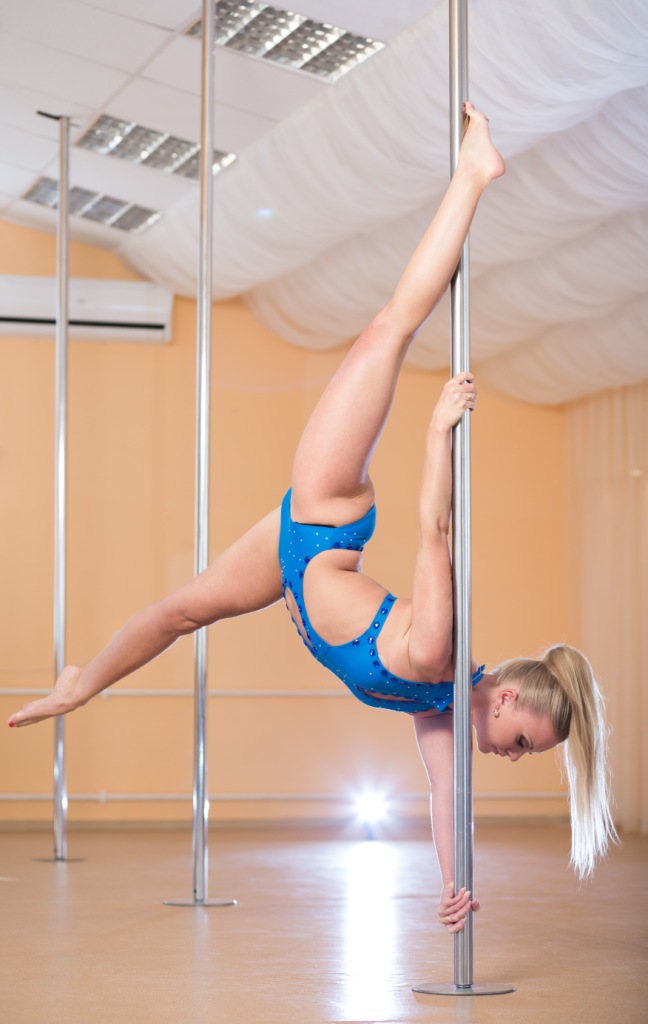 The image and idea of the dance are also important.
The image and idea of the dance are also important.
Old School is the most sensual and feminine direction. The ratio of tricks and choreography is 40/60.
Particular attention is paid to musicality, dance elements, and tricks are chosen as smooth as possible.
Sensual old school directionPole dance direction
Pole ArtThis is a harmonious combination of power elements and choreography, that is, 50% dances, 50% tricks. Artistry and presentation are important here. For example, sometimes they dance a modern stage dance, only with a pylon. At pol-art competitions, revealing and defiant clothing, sexual movements are prohibited.
The main difference between half-art and exotic is that it is not a seductive dance that shows sensuality and femininity.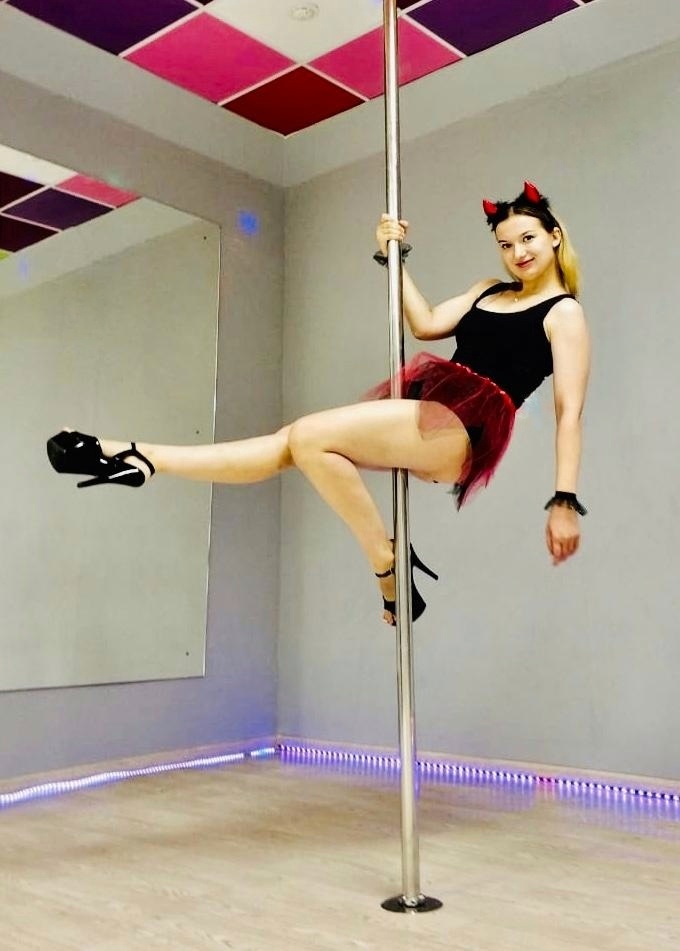 Half-art is danced not in strips, but barefoot or in special shoes, the clothes are strict, not sexy, there are no playful movements or coquetry with the audience. If in exotic the task is to seduce the viewer, then in half-art it is to tell a story, show the emotions and experiences of the hero.
Half-art is danced not in strips, but barefoot or in special shoes, the clothes are strict, not sexy, there are no playful movements or coquetry with the audience. If in exotic the task is to seduce the viewer, then in half-art it is to tell a story, show the emotions and experiences of the hero.
All directions of half-dance are intertwined with each other. It will not be possible to dance exotic or art without tricks, so the basic elements of half-sport will have to be mastered. At the same time, staging a half-sport number will not do without choreography.
I recommend combining two directions: trick part and dance part.
Pole art is reminiscent of stage dancingBenefits of pole dance
Pole dance seems to be easy because the dancers' movements are easy. In fact, you need endurance, flexibility, coordination.
Half-dance Calorie Burn Calculator
One session actually replaces circuit training, where exercises for different muscle groups are repeated several times - the same number of calories can be spent.
In addition, pole exercises train the skill of controlling the whole body. You need to be able to keep yourself on your hands, on your feet, to maintain balance in static. Different muscles work, over time the body becomes toned. Due to twists on a rotating pylon, the vestibular apparatus is trained.
Abs and back. Many tricks must be done statically. For example, handstands. In this case, all the stabilizing muscles are involved, the press and back work, the ligaments are strengthened, strong core muscles are formed.
/list/sports-myths/
“We need to close the carbohydrate window” and 9 more common myths about sports and health
Upper body. Use your hands to climb the pylon and hold your own weight. Shoulders, biceps and triceps, pectoralis major and other chest muscles, upper back work.
Lower body also works. For example, there are hangings on the legs - if you do not strain your leg muscles, you can fall off the pylon. Body weight must be maintained with the help of the muscles of the thigh and calves, gluteal muscles. Some entry-level twists work the upper thighs, glutes, and lower back at the same time.
Body weight must be maintained with the help of the muscles of the thigh and calves, gluteal muscles. Some entry-level twists work the upper thighs, glutes, and lower back at the same time.
Stretch - there are beautiful elements that require stretching the legs and a flexible back. I recommend attending stretching classes separately. If this is not possible, performing tricks on the pylon will eventually develop plasticity anyway.
In addition, tricks must be constantly practiced - this requires stamina.
I will also note: many people gain self-confidence, because each trick mastered is a small victory.
Who suits half-dance
The most difficult thing is to decide to come to the first lesson. Popular newbie fears:
- I can't do it;
- everyone already knows how, but I don't know anything;
- I don't have enough strength, I won't lift myself onto the pylon;
- I don't have the ear to dance;
- I am overweight;
- everyone has splits, but I don't have a stretch.
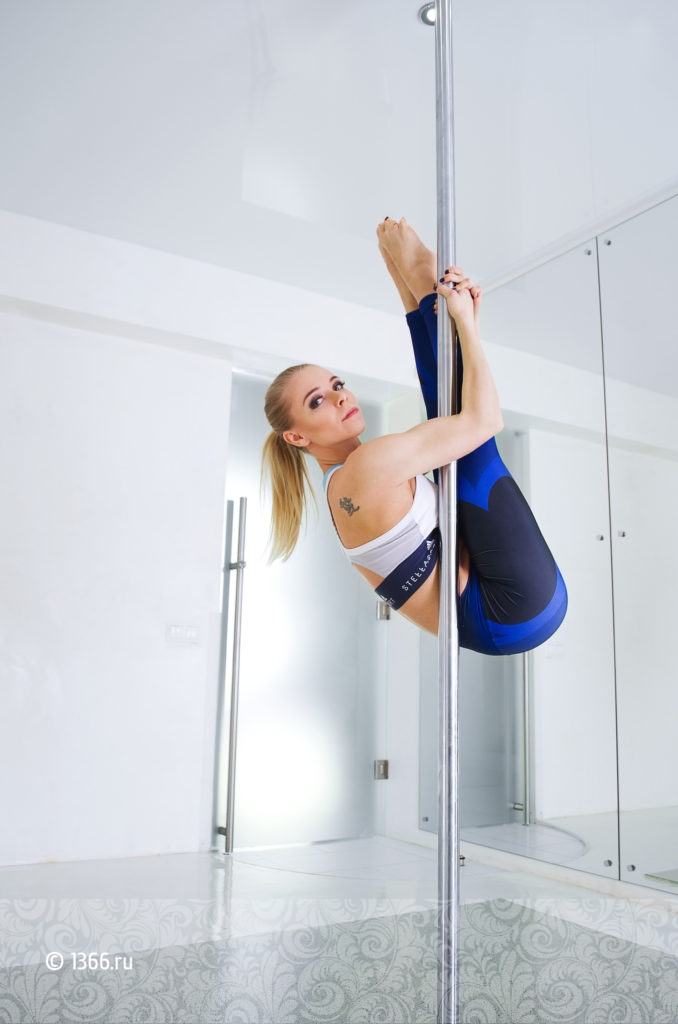
In fact, everything is not so difficult. You can start from scratch without any preparation.
/fitness/
How to save money on sports
Even if a person was a professional athlete or dancer, he too may fail at the first training session. And this is absolutely normal, because pole exercises are a special load: the work of the whole body, coordination, grip due to the skin.
Usually students are divided into groups of beginners and those who have been studying for a long time. This is done for convenience: everyone works out the same tricks, can see each other's mistakes or direct a neighbor on the pylon in the right direction. Beginners can safely join groups of beginners: they are not far behind in the program and will quickly catch up with their level.
I note that the pole is an amazing thing: at the very first training, a person understands whether it is him or not. In six years, I have never met a person who quit half-dance after three, five, ten classes.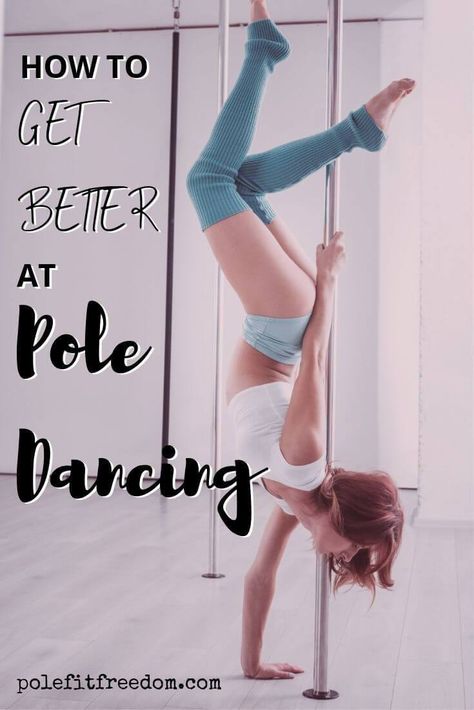 Usually a student lights up and stays for a long time, or realizes that he is interested in another sport, and is no longer interested in half-dance.
Usually a student lights up and stays for a long time, or realizes that he is interested in another sport, and is no longer interested in half-dance.
Development is gradual. First you start to hold on to the pylon, then you know how to spin and climb it correctly, and then a whole world of tricks and combinations opens up. I want to do and try everything, capture it in a photo or show it in a dance number. I would say that the excitement turns on: can I do it. It moves forward, so classes are rarely abandoned.
But half-dance is hard. You have to work on yourself, laziness, fears and pain. Sometimes you have to work out the same element twenty, thirty, forty times - this can get boring and exhausting. You really need to catch fire and be hardy - without this, nothing will work. Sometimes you have to wait a long time for results - both in tricks and in terms of physical form.
Dance studios often hold open lessons or give the first lesson for free. It is better to use this opportunity to try half-dance and understand whether you like it or not.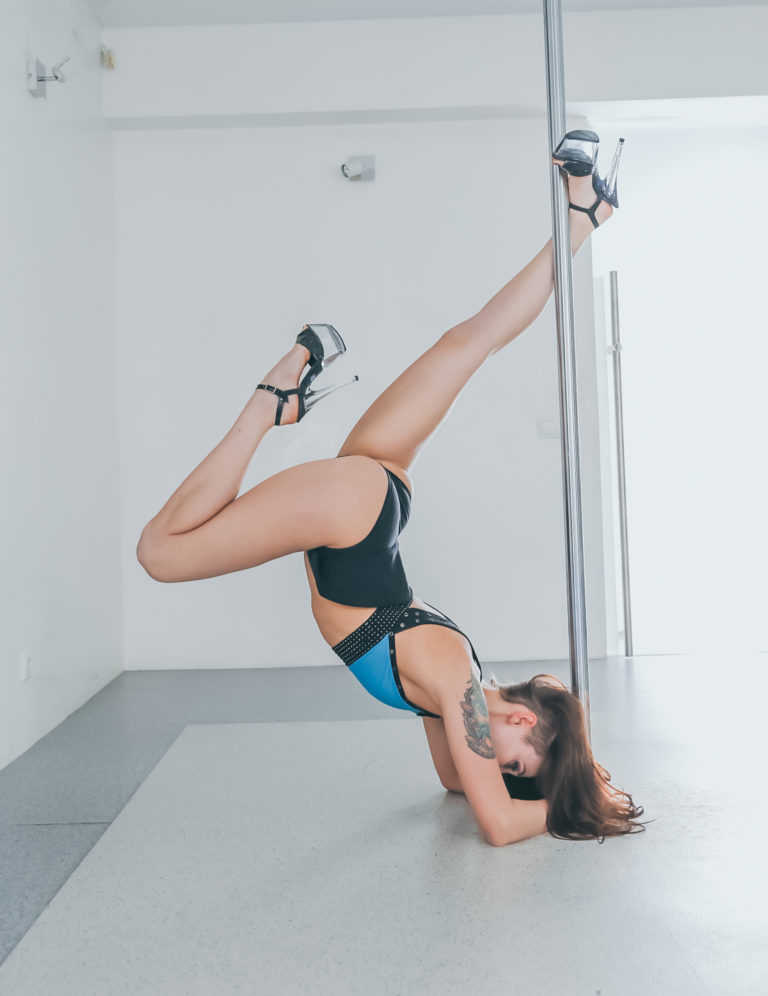
How is the half-dance class
Warm-up. At the beginning of each lesson, regardless of direction, 10-15 minutes - warm-up from head to toe.
If the student is late, he warms up on his own or is not allowed to the lesson. Without warming up the muscles, you can get injured - this part of the workout is mandatory. In semi-sports, attention is paid to the joints, and in exotics, they can include light basic dance elements: various waves, hip and chest rotations.
Main part. After the warm-up, the main part comes: in exotic or art, they learn the movements and the connections between them or repeat what they learned earlier. As a rule, it takes from three to six lessons to practice the dance, and from two to four, depending on the complexity, to practice the dance.
/stretching/
How I Became a Stretching Instructor
In a semi-sport, the lesson is different: the trainer explains and shows the trick that needs to be mastered and done.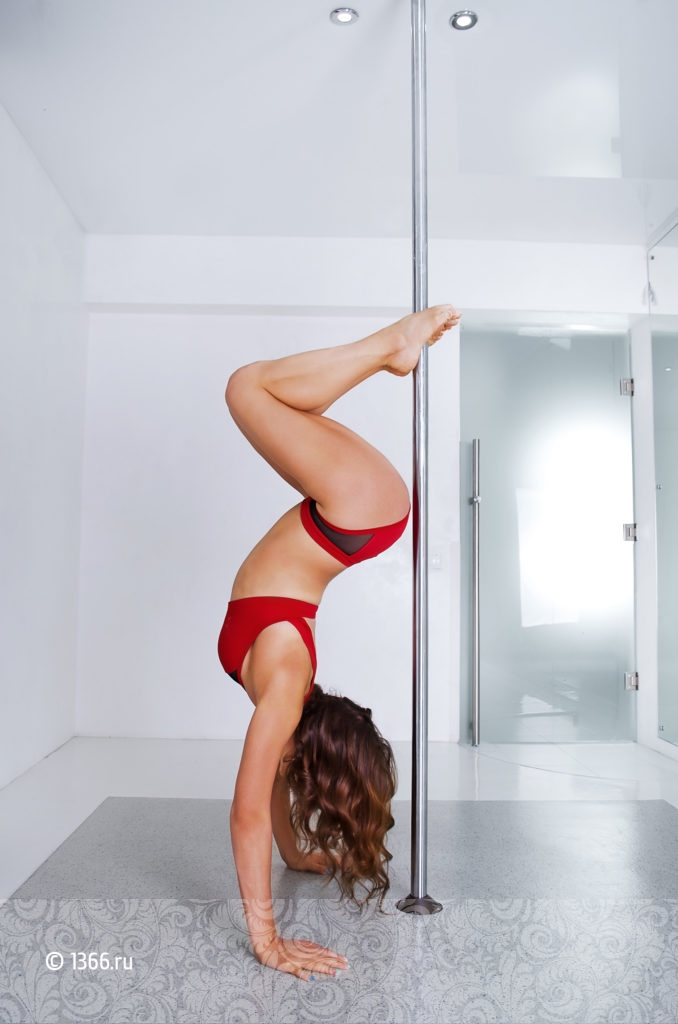 Up to two people can practice on one pylon. If more, the students are already uncomfortable: they will not have time to fix the element.
Up to two people can practice on one pylon. If more, the students are already uncomfortable: they will not have time to fix the element.
Periodically repeat old tricks or spins. This shows progress well: you can compare how the element was done before and how it is done now. If the student already knows several tricks, the coach comes up with combinations - when you go from one element to another.
Learning goes from simple to complex. For example, at first there will be simple elements like a “barrel” - they are needed so that the student gets used to the grip with his hands and steps over the fear that he will fall from the pole.
At the first lesson, it seems that you are not holding on and constantly slipping, this is normal. Then the hands get used to it, stop sweating, there is strength in the muscles and self-confidence.
For half-sports, there is an example program for students to learn tricks. Of course, everyone goes at their own pace, but after a month or two you need to be able to do the simplest grips, for example, hanging on the far and near leg, on the elbows.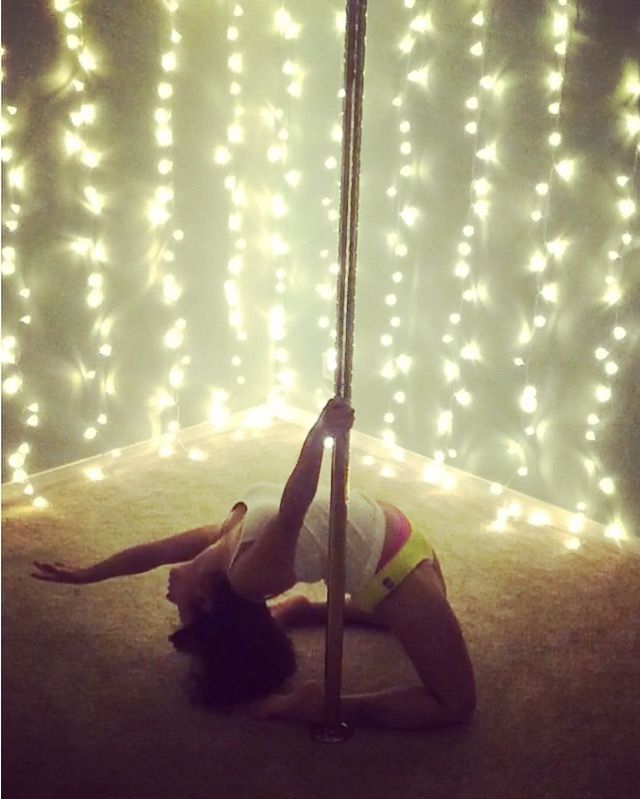
Every studio must have safety mats: you learn to perform complex tricks only with them. But beginners are also offered to take a mat so as not to get injured.
There is always alcohol or vodka and a rag in the studio - this is necessary to degrease the pylons, otherwise there will be no adhesion. Students can also use talcum powder or powder that dries their hands or feet so that they do not slip on the pole and do not roll off it. There are also other means for this, such as magnesia.
I do not recommend using talcum powder or anything else, otherwise the hands and feet will never get used to the grip - it is better to learn how to hold without means to facilitate grip. Moreover, it is forbidden to use them at half-dance competitions.
Cooldown may vary between dance studios. Usually, after the dance part of the exotic, there is a slight stretch, and in half-dance they finish off the muscles: they pump the press, sometimes with a pylon, do push-ups, stand in the plank.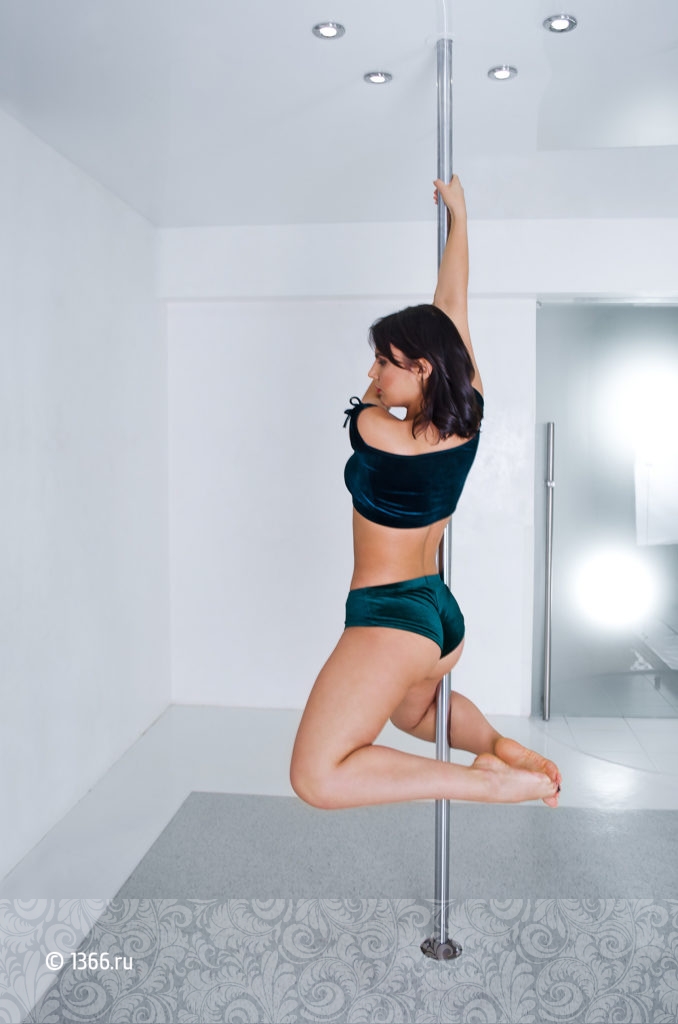
How are performances and pole dance competitions
Reporting concerts. Each studio holds reporting concerts, in which everyone can participate. Coaches prepare group numbers - not only dance, but also stunts, as well as solo performances when a person performs alone.
As a rule, they start preparing for the reporter in advance - several months in advance. Sometimes concerts are held not in the studio, but in a cafe, restaurant, or even in the Palace of Culture. These are bright events in the life of students - their relatives and friends come to support them, and the dancers receive applause and a sense of the stage.
Reporting concert of my former studio. Photographer: Sergey PatrushevCompetitions. They are held in all directions of half-dance.
In half-sport, you need to show combinations of tricks that are included in the mandatory program. They must be performed on two pylons: static and rotating. There must be a dance part, but it rather fills in the gaps between the tricks.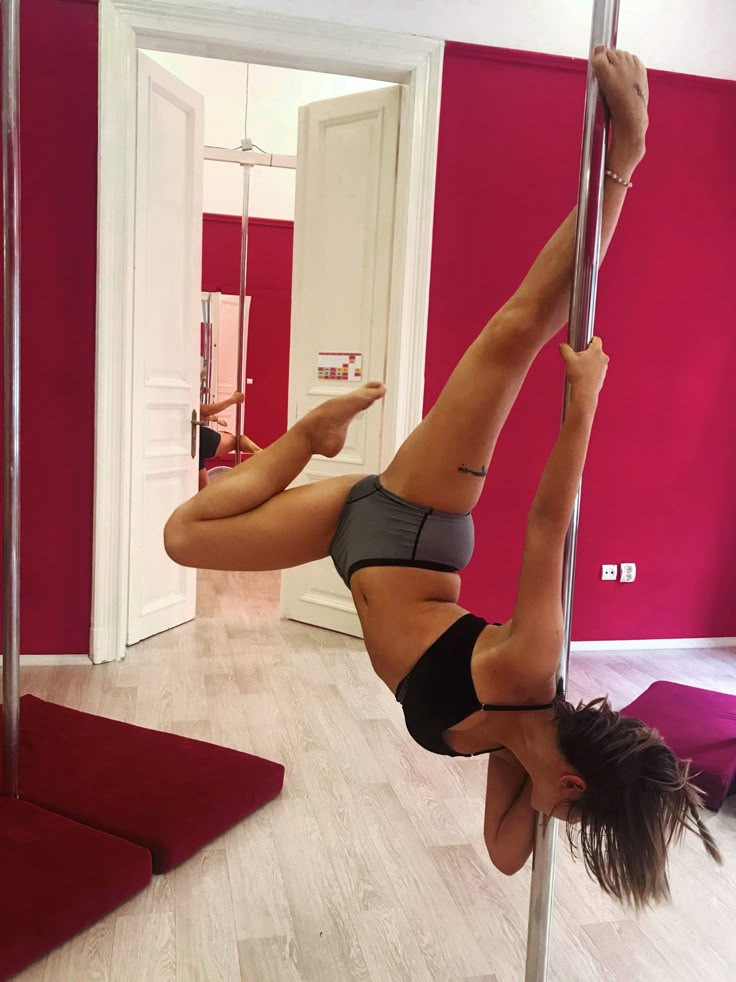
Participants usually qualify for local city competitions or video selection. Competitions are easy to find: you can simply google or search for groups of competitions in social networks. The coaches themselves also follow the latest information and invite students to participate. Anyone can apply for the competition.
/spravka-dlya-sorevnovaniy/
How to apply for a certificate for participation in competitions
There are several categories: beginners, intermediate level, pros, children, duets, group performances. Well-known coaches and dancers are invited to the jury. All participants receive certificates or diplomas for participation, and the winners receive medals and prizes.
In exotic there is no obligatory condition to dance with two poles, the dancer can choose the pole mode independently. But you can only perform in strips - the jury evaluates how well the dancer knows how to use shoes. There are also categories here, and sometimes participants are divided into areas: old school, flow and hard.
As part of the competition, invited jury members often give master classes and hold demonstration performances.
Preparation for competition takes at least three months. With pole-sports, the most difficult thing is to wait until the pole-dance organization hosting the competition releases a list of required elements, and then choose the required number of them. Each element is worth a certain point. Therefore, the dancer collects the maximum number of points from the elements that he can do.
In addition, you must perform all the tricks according to the requirements: hold out for a specific number of seconds, enter and exit the element correctly, observe lines or angles. If the participant fell, did not get the trick right the first time, slightly slipped from the desired position along the pylon, or did not hold out for the required number of seconds, he receives a penalty.
The jury also evaluates the choreography, artistry, image, presentation.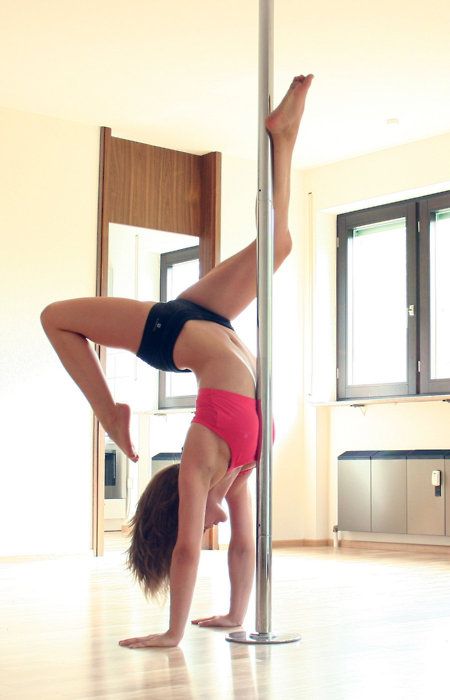 For example, you can’t sing along during a performance or look at the floor. If something went wrong and the participant left the stage during the performance, his candidacy is removed.
For example, you can’t sing along during a performance or look at the floor. If something went wrong and the participant left the stage during the performance, his candidacy is removed.
Competitors in semi-sport competitions have strict requirements for appearance: a swimsuit or shorts must be of a certain length, hair is tied up, make-up is not bright. If a participant has underwear visible, he receives a fine for this.
Such stringent requirements are due to the fact that half-sport federations have been fighting for a long time to be included in the list of Olympic sports - and in 2021 it happened.
Exotic competition rules are not so strict, preparation for them is easier. But even here there are requirements: to do a certain number of tricks in conjunction, to follow the rhythm of the music, to include choreography and acrobatics in the stalls.
What you need to practice pole dance
Patience. The main thing is the desire and understanding that everything will not work out right away.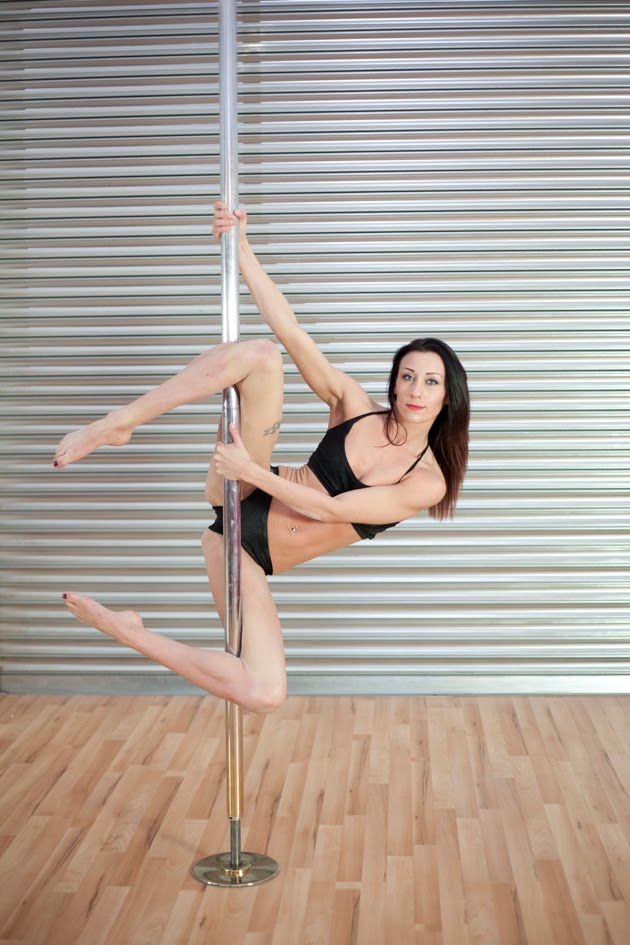 Any coach also once slid down from a pole, could not climb a pylon and was afraid to hang on one leg upside down.
Any coach also once slid down from a pole, could not climb a pylon and was afraid to hang on one leg upside down.
Clothes. For training, you need to take short shorts, a top or T-shirt, socks for warm-up and cool-down. Tricks in semi-sports are performed barefoot, and in exotics - in special shoes.
/sportstat/
What sports do Russians do
The more revealing the clothes, the better: you need a good grip on the pole, which comes at the expense of the skin.
Shoes. Exotics need shoes - strips. It is not necessary to buy them right away, but you need to bring at least high heels with you. Sometimes in studios they are not allowed to dance in ordinary sandals, as they scratch the parquet. Or they ask you to seal the heel with adhesive tape - this can be found out in advance when signing up for classes.
Strips vary in height: from one, which has a heel height of 15 cm, platform - 5 cm, to five, which has a heel height of 25 cm, platform - 15 cm.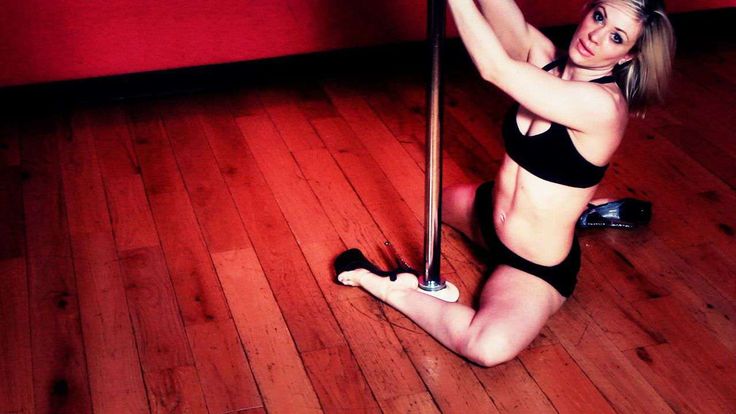 There are sandals, boots and even over the knee boots.
There are sandals, boots and even over the knee boots.
Beginners should start with ones. In the classes, you will not only have to learn how to stand and move on them, but also work out the elements on the bevels, that is, on the tips of the platform.
Knee pads. They are needed for exotics. There are many elements that must be performed while kneeling at the pylon. There are also tricks with jumping on your knees - here knee pads help soften the blows.
Bruise remedies. It is better to take care of possible bruises in advance - they can be in the most unexpected places. But this is temporary - as a rule, after two or three months, bruising is no longer a concern. Even at first, calluses may appear on the hands due to practicing the grip. Later, the skin will get used to it, and this problem will go away.
For accelerated healing of bruises, you can use ointments with heparin, and for the treatment of corns - a moisturizer and cream with urea in the composition.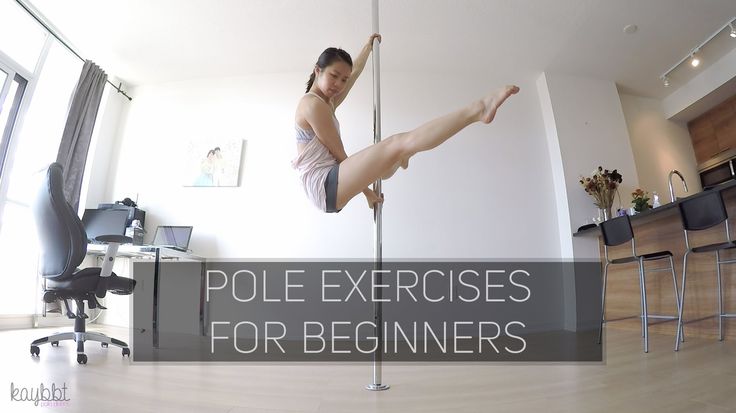
Who shouldn't practice half-dance
People with severe chronic diseases, in particular, diseases of the heart, lungs, nervous system, kidneys, diabetes mellitus, should not practice half-dance. That is, for those for whom any intense physical activity and leg injuries can be dangerous.
When to consult a doctor before exercising - Mayo Clinic
In addition, classes may be contraindicated for people who have diseases of the spine and joints when they should not be overloaded, or severe skin diseases that may interfere with pole training or be aggravated by friction.
This sport is also not suitable for pregnant women, as during the performance of tricks you can fall or hit your stomach.
/sport-pregnancy/
How to stay fit and healthy during pregnancy
In other situations, everything is decided individually. I have low blood pressure and problems with the vestibular apparatus, but I have been doing pole sports for six years. In any case, you first need to consult a doctor, explain what the loads will be, so that he gives permission for classes. Usually, studios do not require a doctor's certificate, but I recommend that you insure yourself and take care of your health on your own.
I have low blood pressure and problems with the vestibular apparatus, but I have been doing pole sports for six years. In any case, you first need to consult a doctor, explain what the loads will be, so that he gives permission for classes. Usually, studios do not require a doctor's certificate, but I recommend that you insure yourself and take care of your health on your own.
Safety precautions for half-dance classes
Half-dance classes are classified as traumatic, so safety precautions must be observed. Each studio introduces the student to the signature requirements.
Leather. On the day of class, you can not use cream, lotion or body oil, go to the solarium or sunbathe - in this case, suntan creams or sunscreens are also applied. Any substances on the skin impair grip on the pole and increase the risk of slipping off the pole.
5 frequent injuries during solo sports
Jewelry. They should be left at home - they will interfere. For safety reasons, the coach must ask to remove all rings, earrings, beads, chains, bracelets, sharp hairpins and piercings.
For safety reasons, the coach must ask to remove all rings, earrings, beads, chains, bracelets, sharp hairpins and piercings.
Hairstyle. For semi-sports, it is better to collect hair, as it will interfere, and can also get tangled behind the pole.
For example, at one performance, my student's hair got caught in the bottom of the pole. Since she was twisting upside down, her hair was wound and caught. She was not injured, but she had to hang upside down while we pulled her hair out.
But on exotics, hair is usually left loose, because it is used for dancing: they twist or wave their heads, playfully throw their hair back with their hands.
Food. The last meal should be approximately two hours before training. Otherwise, twists on the pylon can make you feel sick.
Behavior in class. You can start training only after a warm-up, perform elements on mats and with a trainer's insurance. You can’t jump off the pylon, if it’s not provided for by the trick, it’s unacceptable to relax the holding muscles - you can slide off the pylon, dropping onto your shoulders or forearms.
When performing tricks, it is important to keep a distance between yourself and other participants. In exotic classes, you need to work out the trick first with bare feet, and only then in strips.
What kind of injuries can you get during half-dance lessons?
Half-dance lessons require attention and concentration. There were cases when the dancers spun strongly, flew off the pylon and got a fracture. Sometimes equipment failed: it was not installed securely enough or poorly secured.
The most common and minor injuries that you can get in class are bruises or abrasions from hooks and hangs. At the beginning of training, until the skin is used to it, they will occur much more often. I have sensitive skin, so even after a few years, bruising periodically appeared.
/list/sports-health/
12 important questions for sports doctor Artem Ryzhenko
There is a high load on the joints and ligaments in the classroom. For example, when performing some elements, the arms should be straight - in fact, the emphasis is on the wrist. If this causes discomfort, wristbands or elastic bandages can be used.
For example, when performing some elements, the arms should be straight - in fact, the emphasis is on the wrist. If this causes discomfort, wristbands or elastic bandages can be used.
After six years, I had a problem with the wrist of my left supporting hand - I always focused on it for racks and other elements.
It is very important to control your feelings: there should be no pain. If something hurts after completing the element, you need to rest. If the situation persists, you should consult a doctor.
And if a sprain or other minor injury occurs during the session, the training must be temporarily stopped. Until the body recovers, loading on the pylon is prohibited.
To avoid a fracture, it is important to follow safety precautions. The main thing is to never do tricks without mats and not let go of your arms and legs if the clutch has not happened. When it is clear that you are not holding on to the pole upside down, you need to tilt your head to your chest and slide down the pole to the floor on your shoulders. You should never tilt your head back to your back, so as not to fall in this position and injure your neck.
You should never tilt your head back to your back, so as not to fall in this position and injure your neck.
How to choose a pole dance school and coach
Equipment. It is necessary to check if there are mats, and ask how the poles are fixed, what company the pylons are installed. The highest quality ones are from Pole4You. Your health and life depend on it.
Teacher training. It is important whether the studio coaches have certificates confirming the right to teach half-dance. Otherwise, they may not properly apply the load, causing injury.
/list/dance-schools/
From waltz to bachata: where they will learn to dance in Moscow
It is necessary that the coach learn the methods of teaching half-dance, go through theory and practice, pass tests and exams. Training cannot be less than 96 hours, because otherwise you cannot master the program.
Certificates are issued by half-dance studios with titled teachers and extensive experience.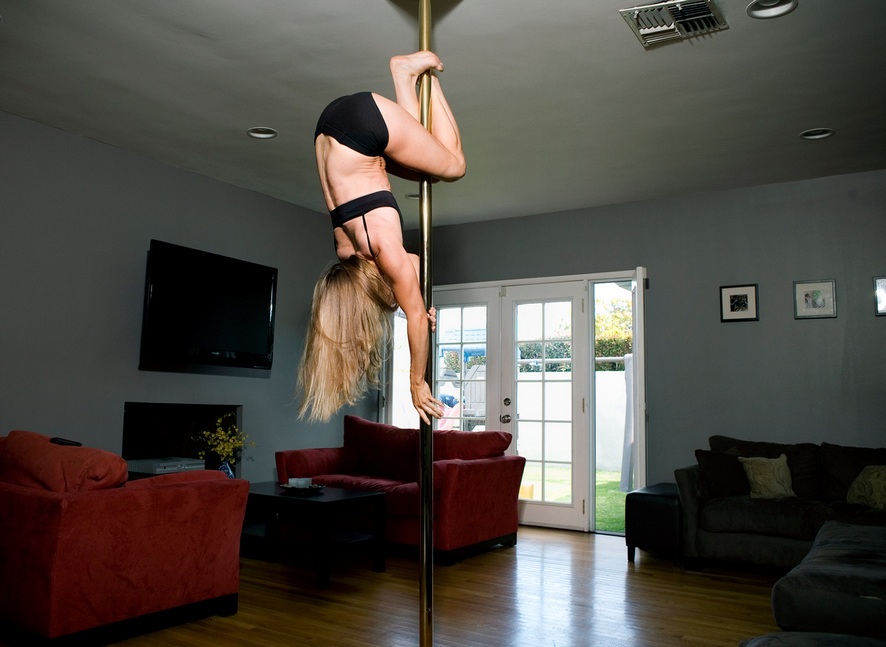 Typically, such organizations belong to a pol-dance federation or represent it themselves.
Typically, such organizations belong to a pol-dance federation or represent it themselves.
Competitions. It is important what competitions teachers and students of the studio take part in and how often: if the school is active in the outside world, then it will be more interesting to study there.
Number of students per pylon. There should not be too many students in groups - a maximum of two people per pylon. Otherwise, there will be no time to practice tricks.
First conversation with the trainer. The teacher needs to know about the physical condition, diseases and contraindications. You must be told what you can and cannot do in class, and you must sign an agreement with the safety rules.
Communication with the trainer. It depends on him what mood the student is in, how he progresses, what results he achieves. You should be comfortable with the coach. If this is not the case, you need to change the coach, otherwise effective training will not work.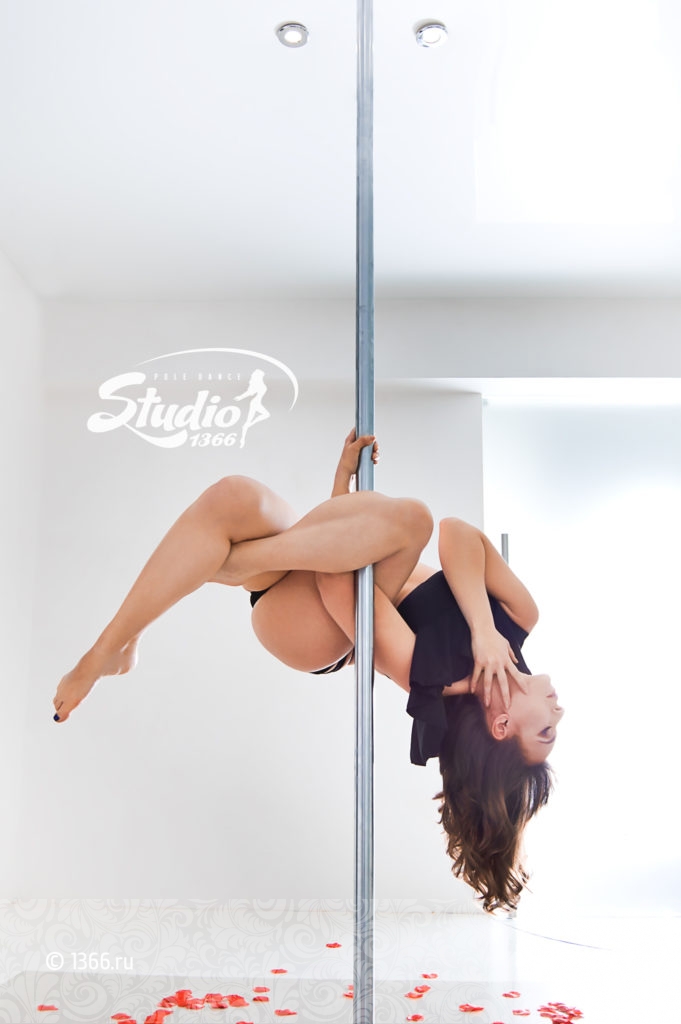
Trainer qualification. He must have completed half-dance courses. It is also worth asking about experience: how many years he has been teaching, what successes his students have. It is good if in the past the coach was involved in professional sports or dancing, usually in this case the quality of teaching is higher.
It is also important how clearly the coach explains the technique of performing tricks and how he monitors safety: does he insure each student, does he require the use of a mat.
How much does pole dance cost?
Regular classes. Usually dance studios offer several subscriptions to choose from: 8, 12, 16 group lessons. It makes no sense to go to training less than twice a week, that is, you need at least eight classes a month.
To practice semi-sports, you will need to spend money on a uniform and a subscription. Exotic half-dance requires a lot of money: you will also have to buy special shoes and knee pads.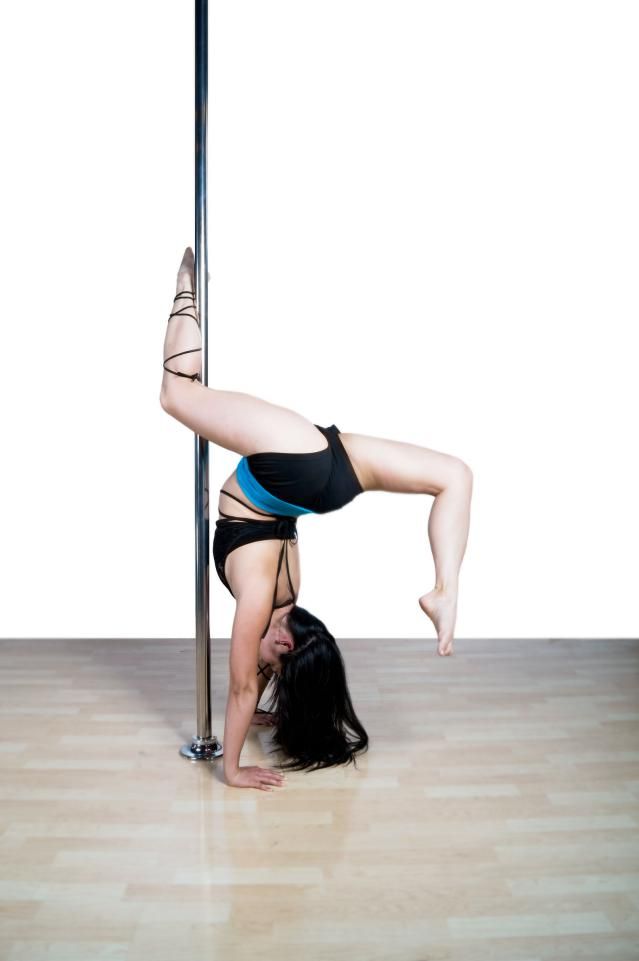 Then you will only need to pay for a subscription to the studio and change clothes and shoes as they wear out.
Then you will only need to pay for a subscription to the studio and change clothes and shoes as they wear out.
/list/hochu-mogu/
8 extreme hobbies that cost people a lot of money
Half-sport classes in the first month cost from 6500 R
| Subscription for 8 lessons | 2500-5000 Р |
| Shape: top and shorts | 3500 R |
| Socks | 500 R |
Subscription for 8 lessons
2500-5000 Р
Form: top and shorts
3500 R
Socks
500 R
Semi-exotic classes in the first month cost from 13 000 R
| Strips | 5000 R |
| Subscription for 8 lessons | 2500-5000 Р |
| Shape: top and shorts | 3500 R |
| Knee pads | 2000 R |
Strips
5000 R
Subscription for 8 lessons
2500-5000 R
Uniform: top and shorts
3500 R
Knee pads
2000 R
item Participation in competitions costs - 900 For example, the participation fee starts from 1000 R.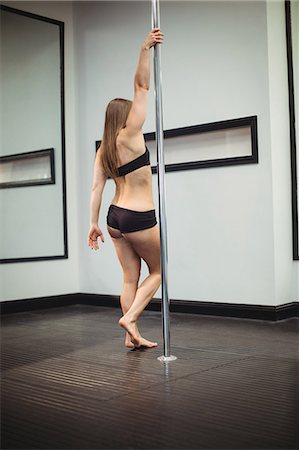 You also need to sew or buy a special suit - this is at least 3000 R. New strips for competitions are usually not bought. The dancer gets used to those in which he trains, in new ones there is a higher risk of falling.
You also need to sew or buy a special suit - this is at least 3000 R. New strips for competitions are usually not bought. The dancer gets used to those in which he trains, in new ones there is a higher risk of falling.
You also need to pay for individual lessons with a trainer to work out the number and rent the studio hall for independent training - they are needed to consolidate the result.
A personal lesson with a trainer costs an average of 1,500 R, but its price can reach up to 3,000 R. The number of lessons depends on the competition itself, the level of training, and the complexity of the number. The minimum number of trainings for setting a number is four. Renting a studio for self-training will cost about 5,000 R for 10 times.
Preparation for the pole dance competition will cost about 15,000 R
| 4 personal lessons with a trainer | 6000 Р |
| Room rental for 10 self-study | 5000 R |
| Special suit | 3000 R |
| Participation fee | 1000 R |
4 Personal classes with a coach
6000 R
Hall rental for 10 independent classes
5000 R
Special costume
9000 3000 3000 RBason for participation
1000 R
Remember
- Pole dance is a pole dance that combines elements of choreography, gymnastics and acrobatics.

- All directions of half-dance are intertwined with each other. You can't dance without tricks or choreography.
- One session actually replaces a circuit workout, where exercises for different muscle groups are repeated several times - the same number of calories can be spent. In addition, classes on the pole train the skill of controlling the whole body.
- You can practice from scratch without any preparation. Usually, students are divided into groups of beginners and those who have been studying for a long time.
- At the beginning of each workout, a mandatory warm-up, and after it - stretching or exercises without a pole.
- To start doing semi-sports, you only need a uniform, and for exotic you also need special shoes and knee pads.
- Training is contraindicated for people with severe chronic diseases and pregnant women.
- Pole dance is classified as a traumatic sport, so it is important to follow the safety precautions that you should be introduced to in the studio.
